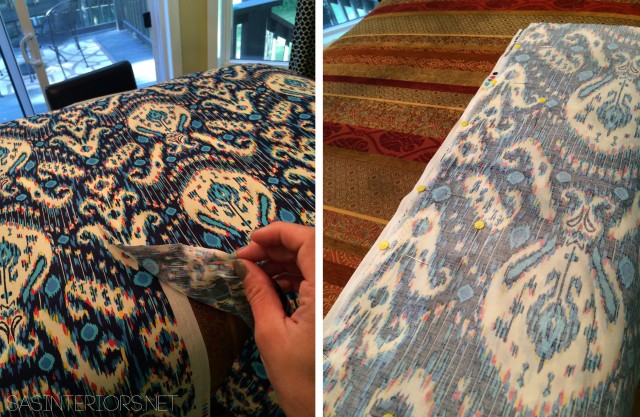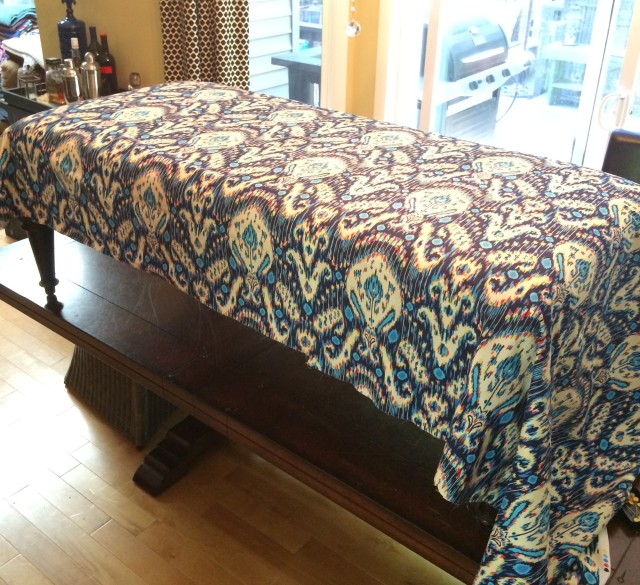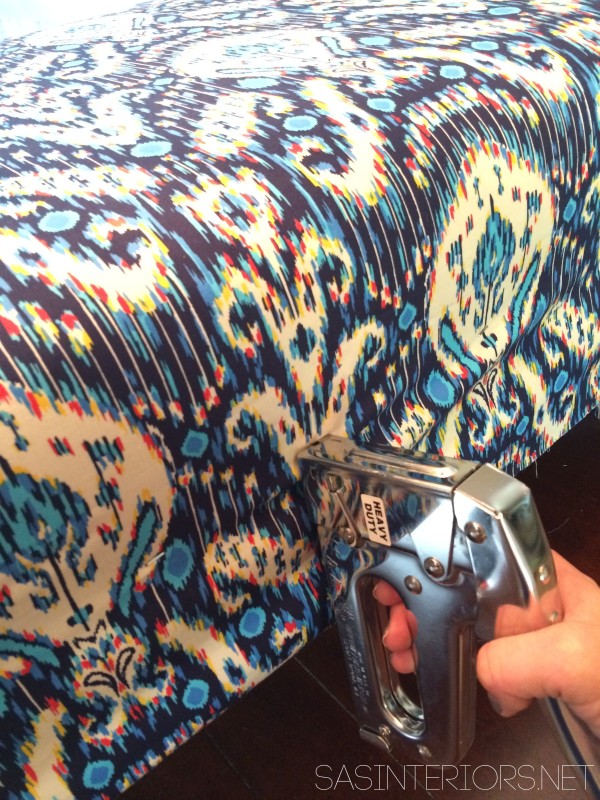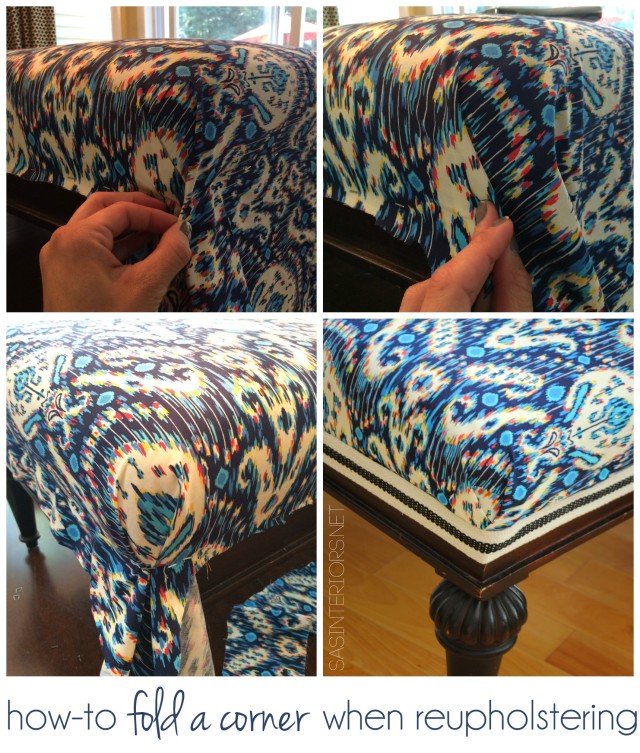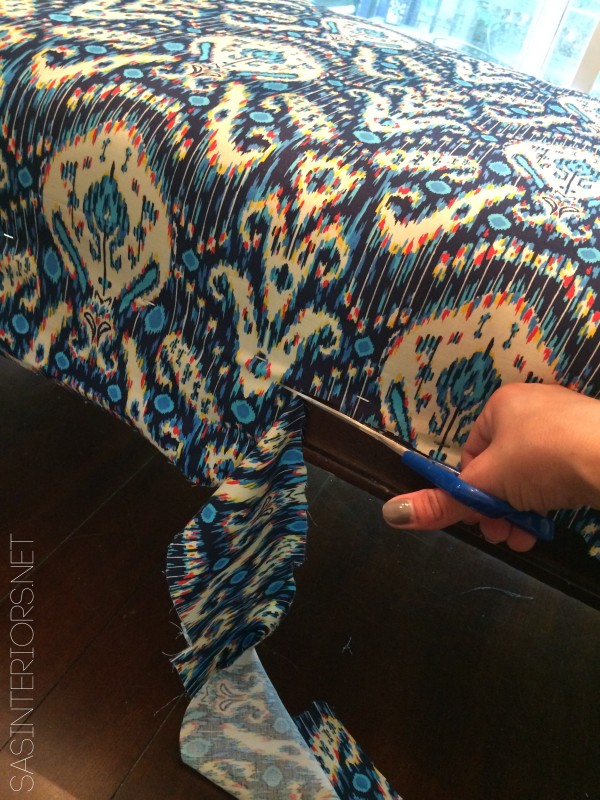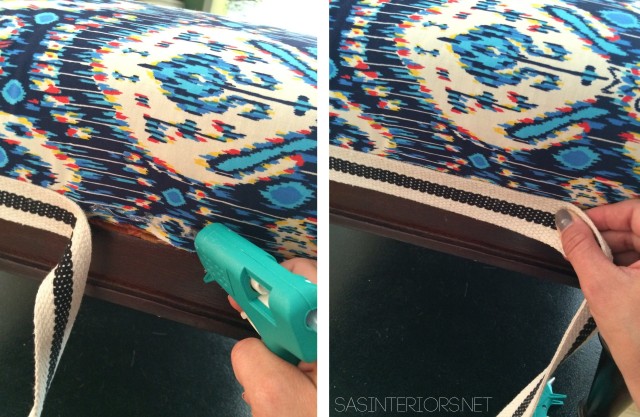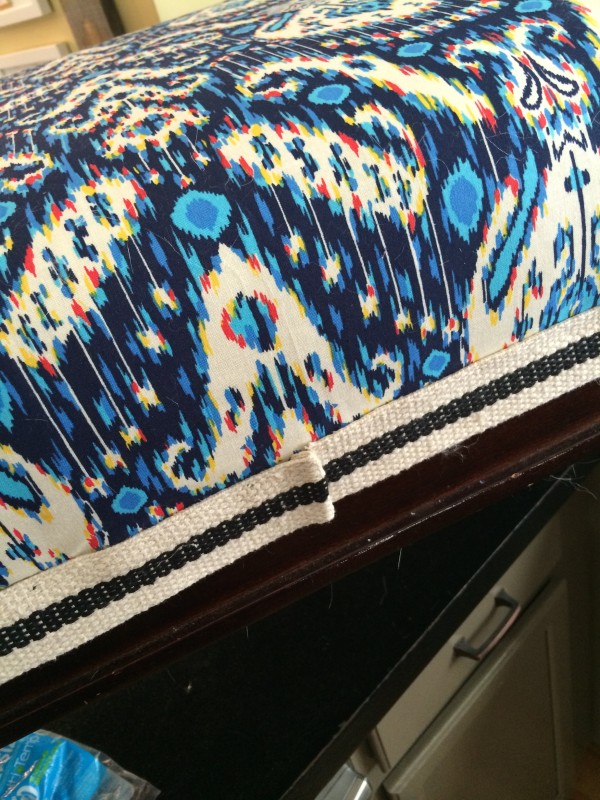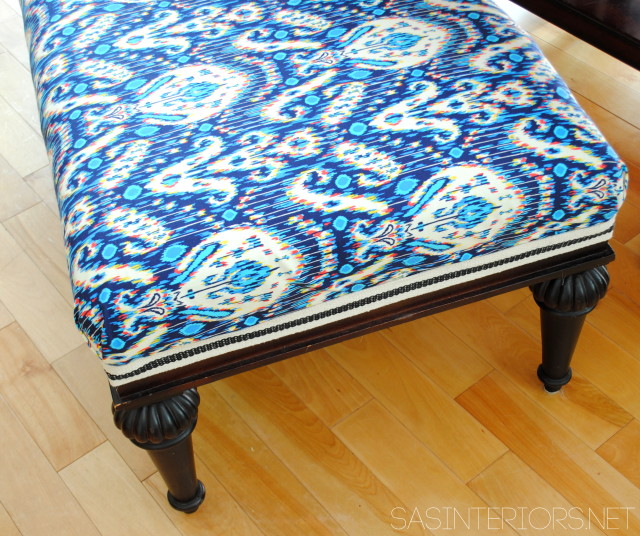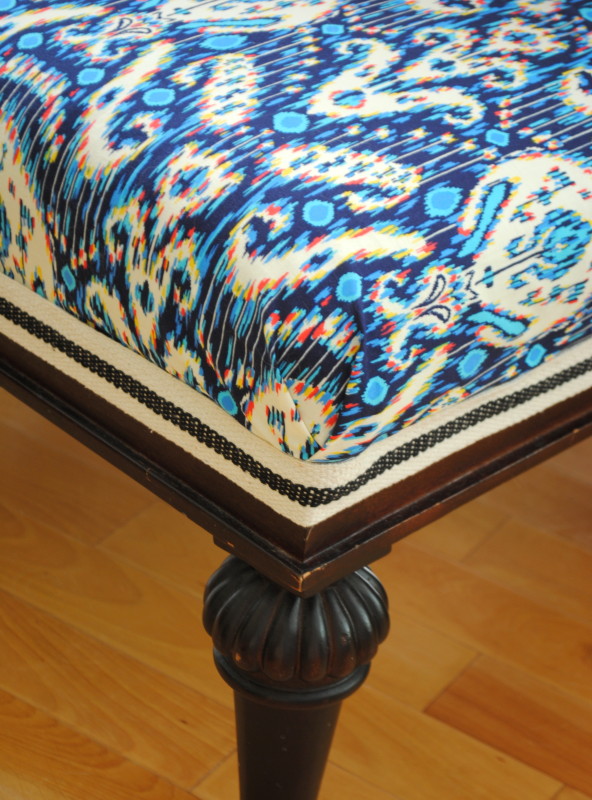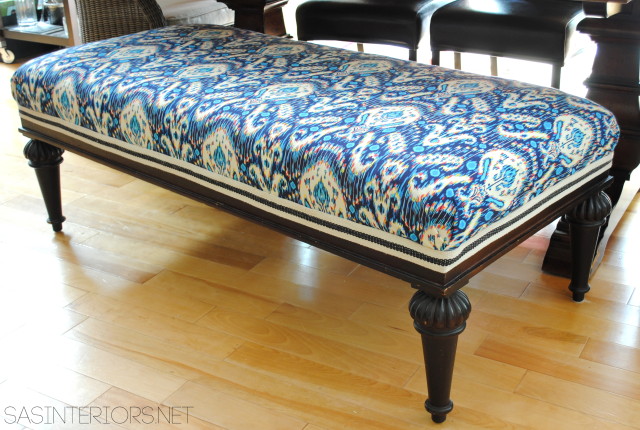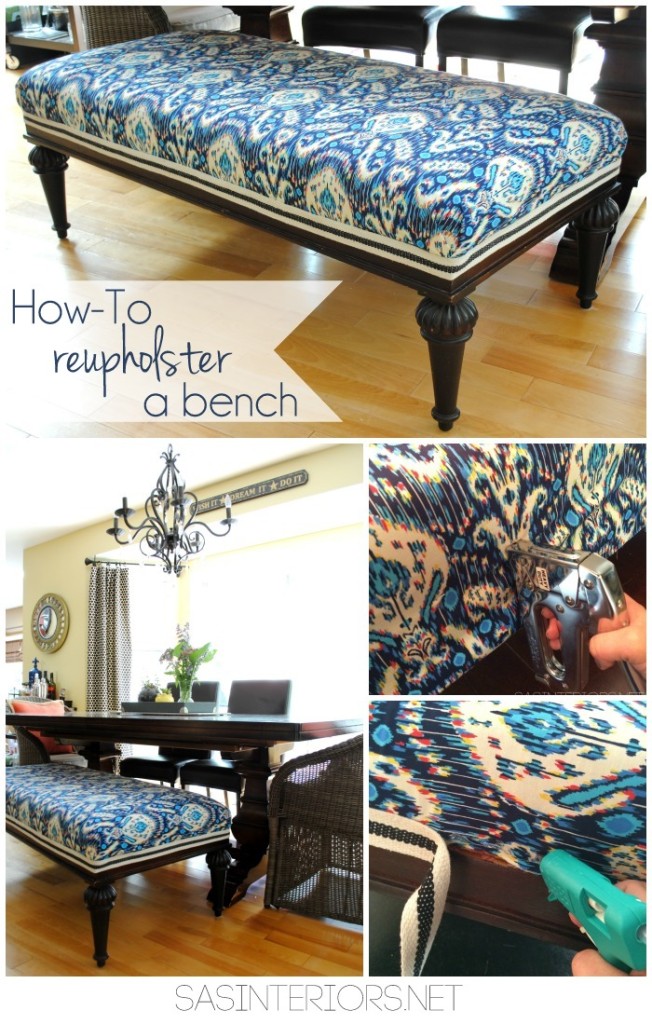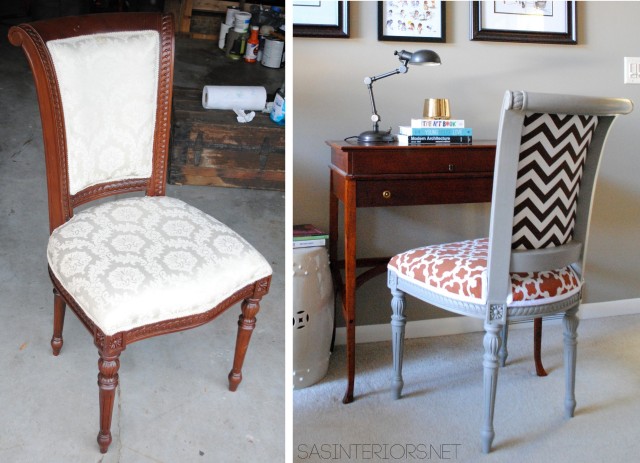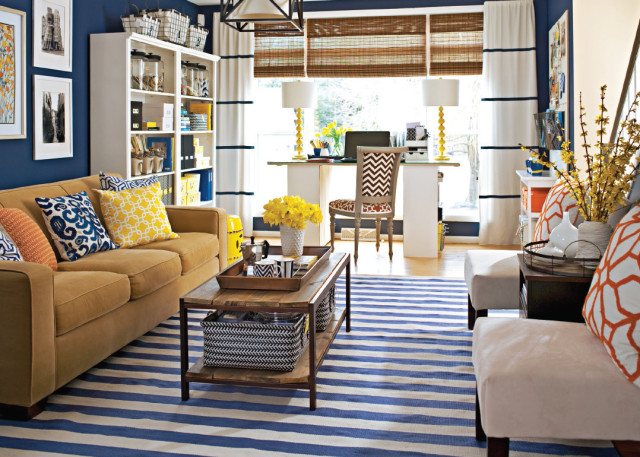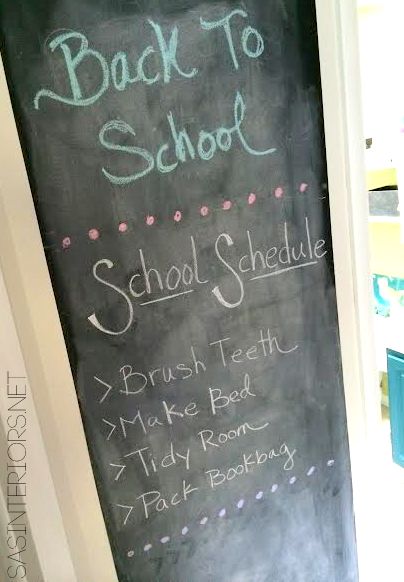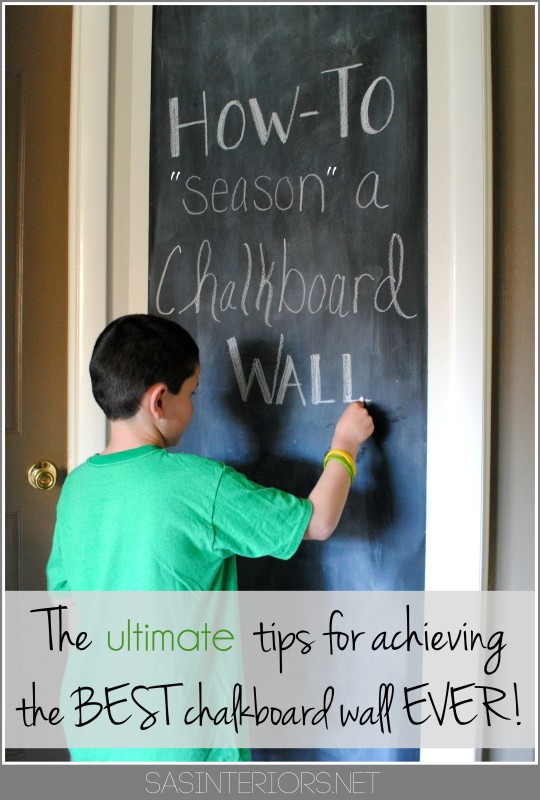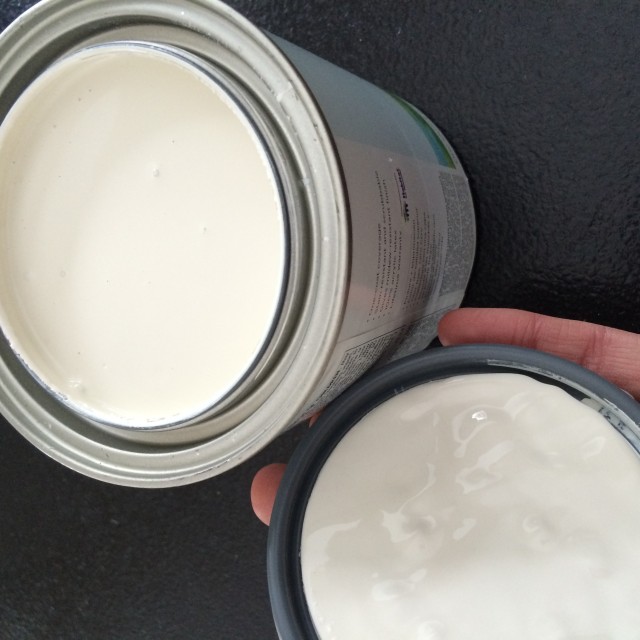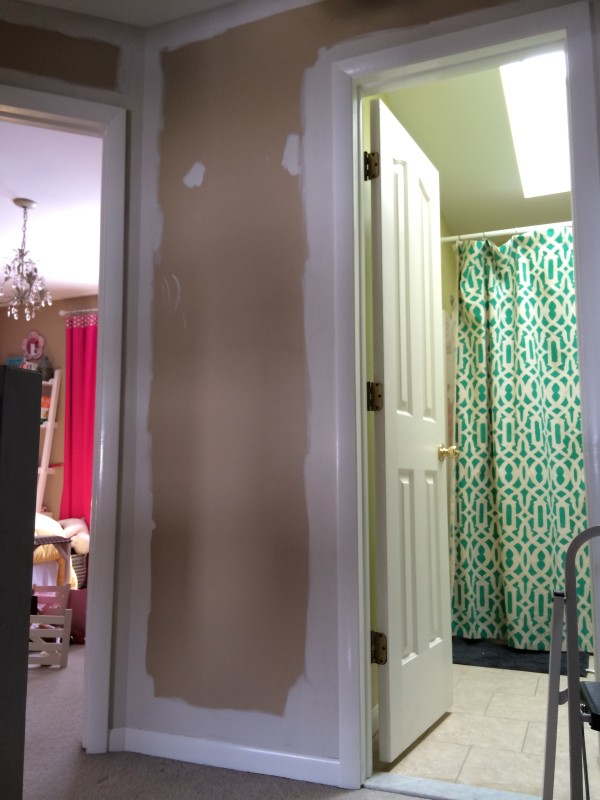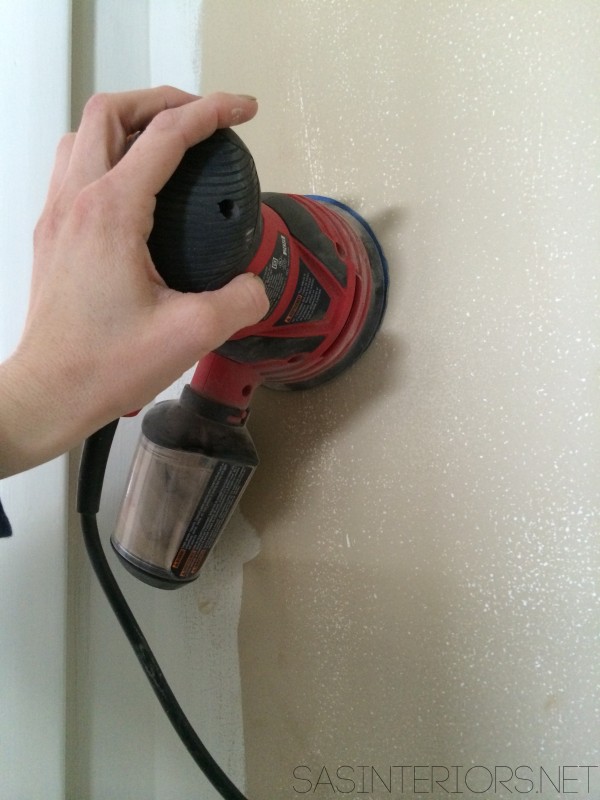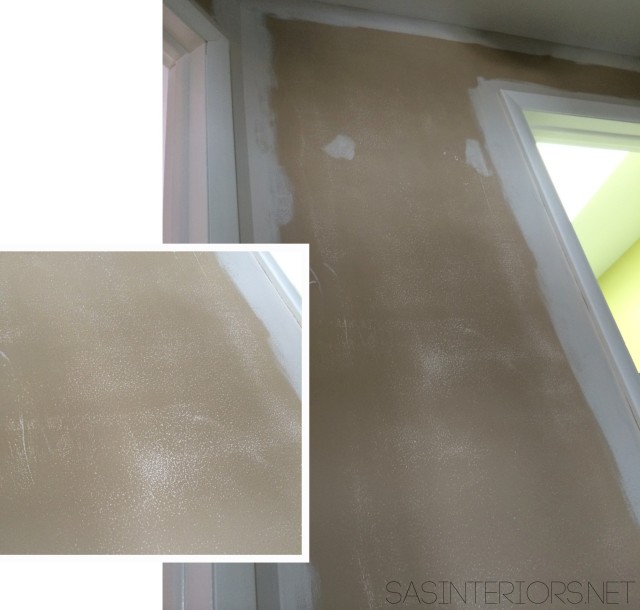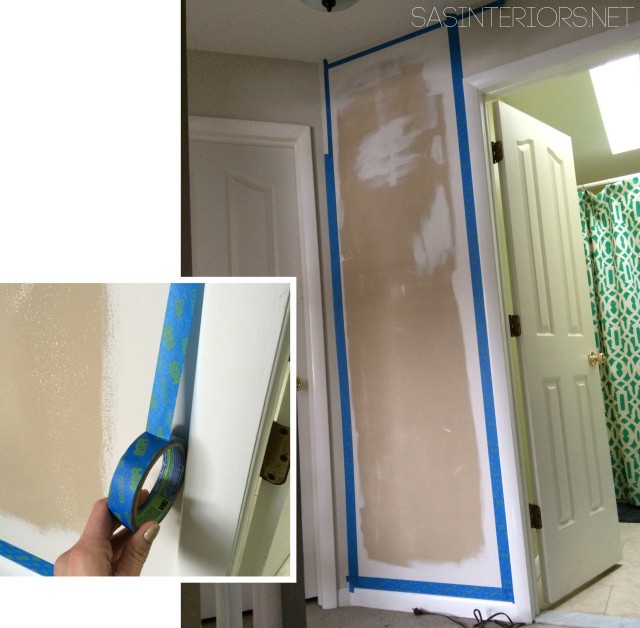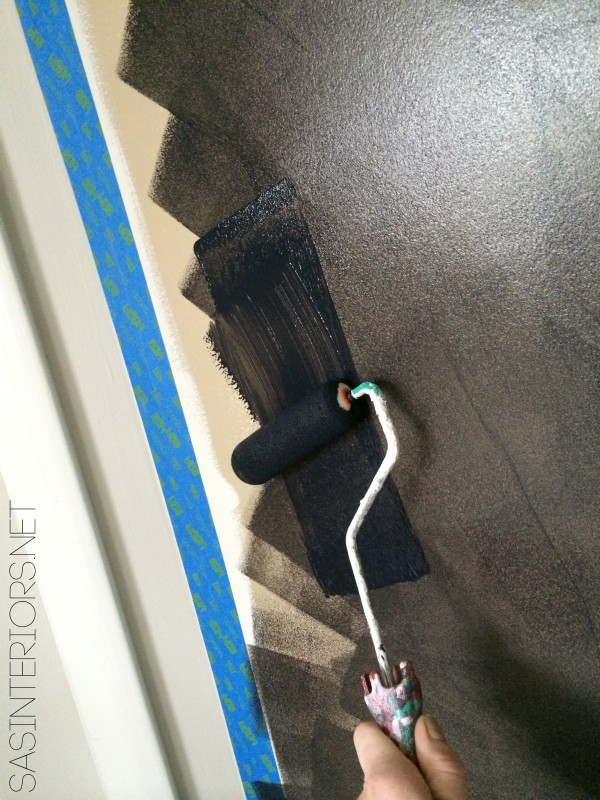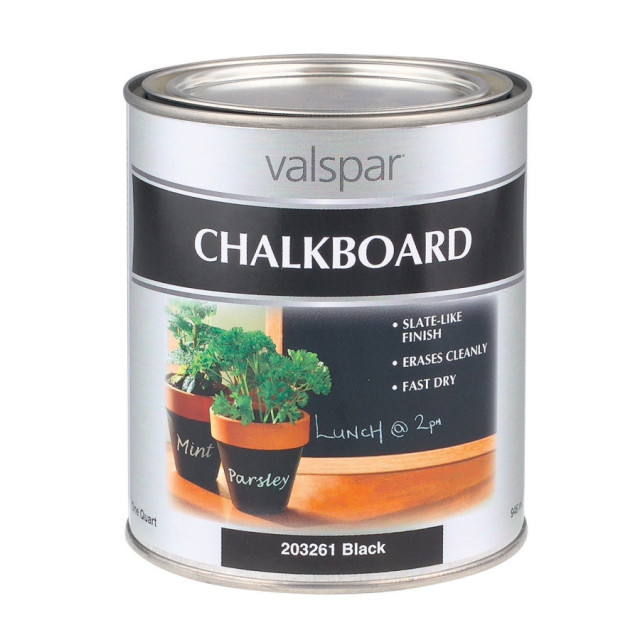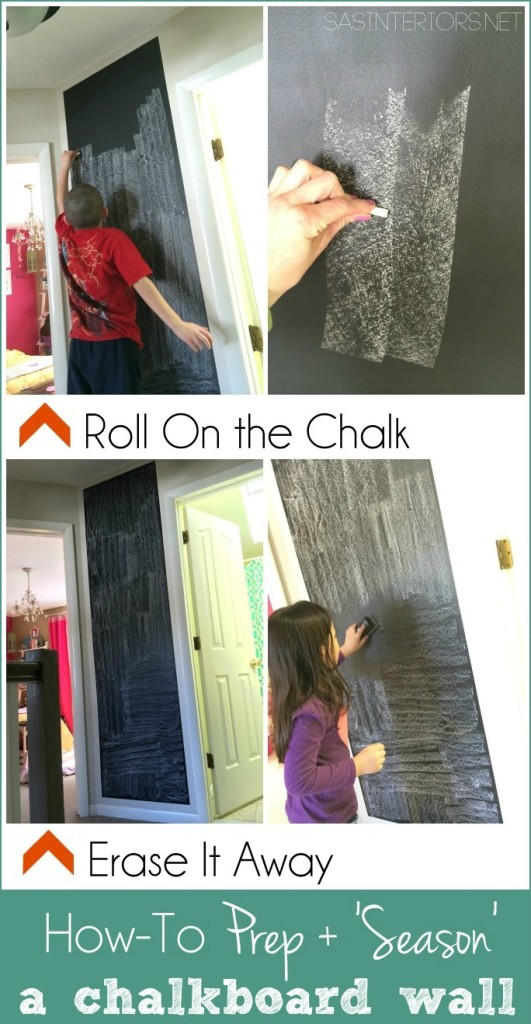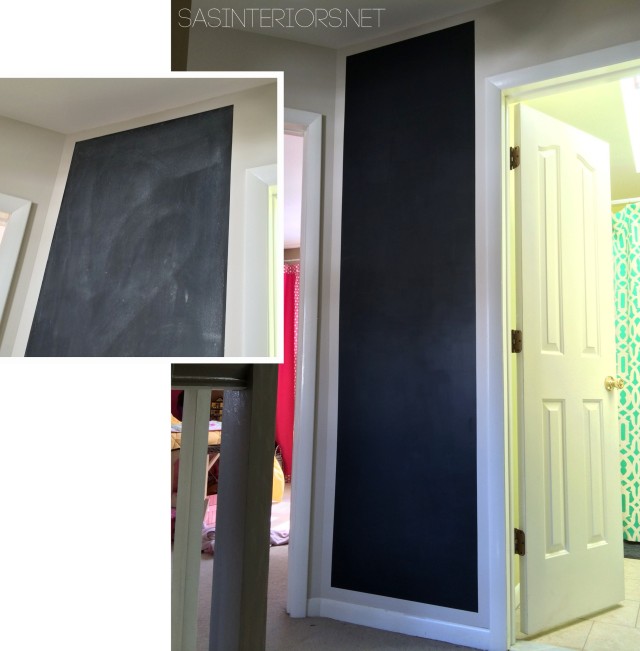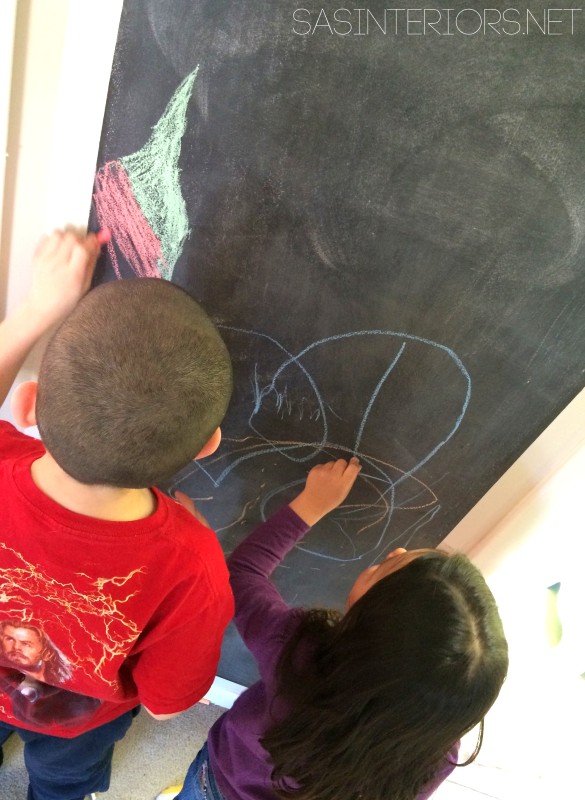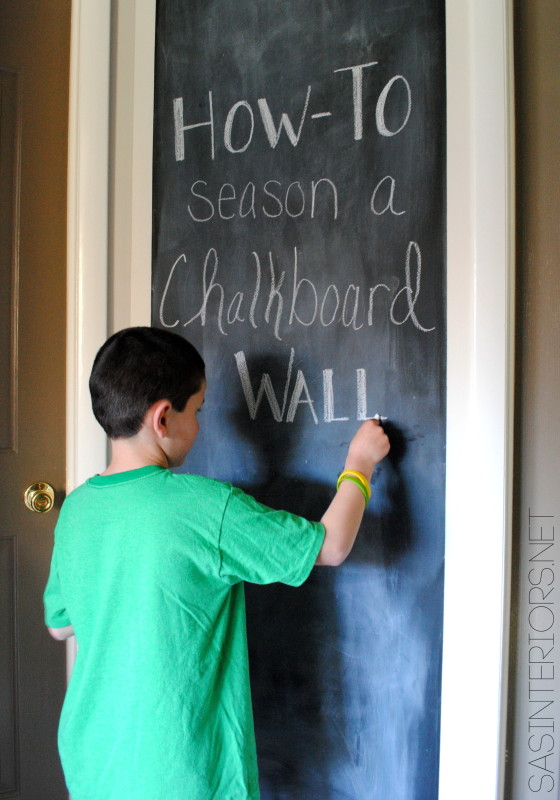Details + Hardware + Styling {China Cabinet Makeover}
Yes, the paint color is unexpected, but adding a few other unique details to the china cabinet makeover has really made it a one-of-a-kind, perfect piece (in my eyes).
Last week I finished the most tedious part of the makeover which was painting the cabinet. It took a few days and lots of patience, but the effort was absolutely worth the result in my book! Once the cabinet was complete and dry, I started styling the interior. After living with it for a few days (and sharing a peak on IG), I knew it needed something. I loved the overall dramatic color, but I did want to pare it down a bit and decided to add a special something to the back + this bad boy needed some hardware! Take a look…
Most of my china dishes and platters are plain white (with simple detailing on the edges) so I thought sitting against a dark background they’d look great. Unfortunately though, the interior seemed kind of cavernous, so bringing in something lighter for the back of the cabinet made sense. I found this pretty patterned contact paper and thought it would be the ideal addition to lighten and brighten the cabinet.
Details.
This is a similar project/process to when I added the geometric contact paper to my media cabinet…
After finding the center of the cabinet, I started off by adding the contact paper at the top edge. I then slowly peeled off the backing, section by section, and adhered the paper to the cabinet back while pushing out the air bubbles with my hand.
I also made sure it was vertically plumb so it was hung straight.
Once I was towards the bottom, I left about an 1-2″ extra and cut the contact paper with scissors. I followed that by using a straight edge blade and trimmed the paper so it fit perfectly at the bottom. I also did the same at the top…
Once the center panel was done, I added the self-adhesive paper to the other two sides. In the end, just being honest, there were a few air bubbles that I could not get out. O well, it’s not perfect… The dishes and layered accessories will hide those messy spots.
Once that was complete, I was able to accessorize! But before that, I want to show you what I did with the hardware.
Hardware.
Remember at the beginning of this project I wasn’t sure what to do with the hardware… go with new or use what was original? Well I decided on new. Why? 2 reasons. (1) Some of the hardware was missing – good reason for new, right? (2) I really wanted this piece to be a mix of old and new. I adore the traditional lines of this cabinet (old), yet the color and the added details are more modern (new)… thus my style, Classic Eclectic!
For the hardware, I wanted a bit bling-bling, but on a budget. On one of my daily trips to Lowe’s, I found these beautiful octagonal shaped knobs. I really wanted a brass finish, but they didn’t have them, but for $3 +/- a knob, I couldn’t leave them. So I painted them…
Using brass paint (liquid brass gilding, to be exact) that I had from another project, I painted them using a small brush. It dried within minutes and this unique detail was added to the cabinet.
Check out the before and after of the hardware…
As I shared in the first post [prepping & sanding], I removed the existing hardware before getting started on the makeover. To hide the holes that were on the door fronts, I used wood filler and then sanded once it was dry. The holes that are on the sections that look like drawers, but really aren’t, remained and that is where the new knobs were installed.
What a change, right?!
Styling.
The last part of the makeover was beautifying it with all my stuff… my treasures! Instead of showcasing my china + bowls + glasses the traditional way – by the set (plate/dish/bowl/cup) – I went for a more casual, non-symmetrical route of stacking the plates and dishes, and ‘displaying’ the glasses in groups. This allowed me to maximize the space provided, plus achieve a simpler, less tailored look.
When I started the styling process, I began with the large stack of dinner plates and because they were the heaviest (physically and visually), I put those on the bottom shelf. Then on the middle shelf on the other side, I added in some other random larger + smaller plates and stacked a few glass bowls on top. After adding in some wine glasses (groups of 3 or 6 looked best) on the each side , I stepped back and it looked like this…
I then added in some more pieces to balance out what I had started with. Basically, the plates and glasses are mixed together on each side. Neither side is weighted with only plates and/or only glasses.
Achieving balance is key to successful styling or a successful visual vignette!
I saved the center section of the top cabinet for serving pieces, platters, and bowls. I centered some of the elements, which gives a traditional feel, but other elements are off-center which brings a casual, organic feel.
After adding, editing, moving, and contemplating, it was finished. Styling can be a little tricky, but go with what feels/looks right.
For those not-so-pretty pieces or one-offs, I stored them in the closed section below. I love space with doors… perfect for the not-to-seen decor.
Confession time… I tried getting a picture of the overall styled cabinet, but it was impossible without capturing the reflection as well. I’m not the best photographer, but I try 🙂
I adore how the dining space is coming together and looks so beautiful for Fall…
What a transformation, right?! Now that the cabinet is styled, it’s 99% complete. The next post on this china cabinet makeover will be the reveal – yay! Coming Soon…
Follow along on this makeover with these other posts
Backstory + Choosing a Color
Prepping & Sanding Wood Furniture
Why & How to Prime Wood Furniture
Tips + Tricks to Painting Wood Furniture
Accessories, Details, & Styling {China Cabinet Makeover}
Coming up (still to do)
China Cabinet Makeover {Reveal}
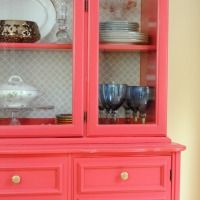
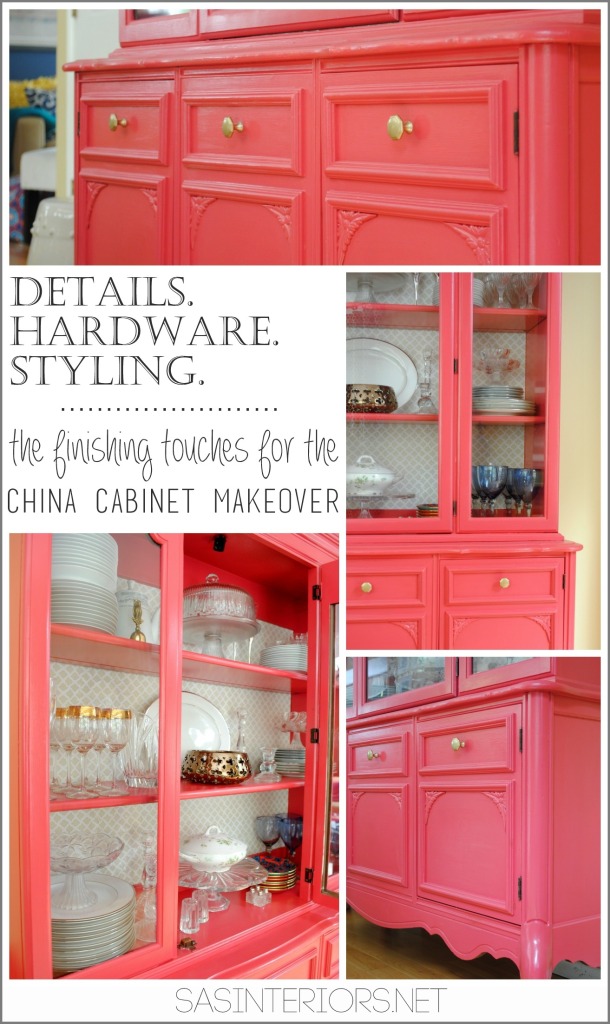
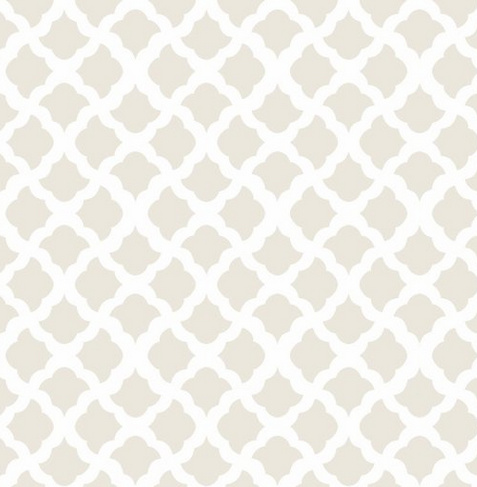
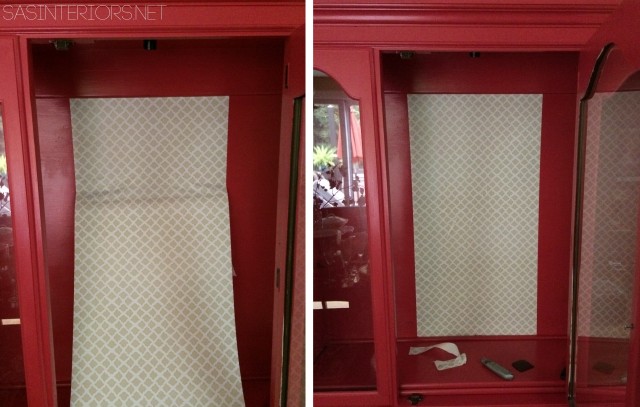
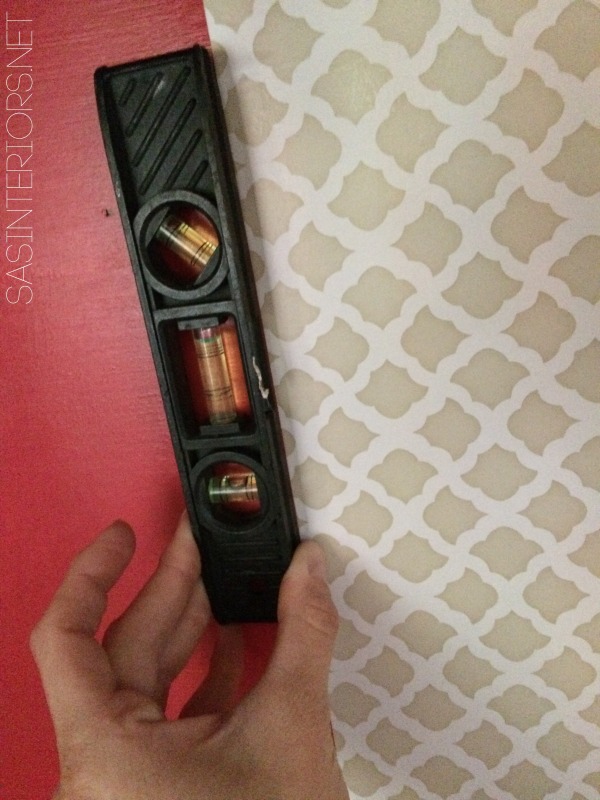
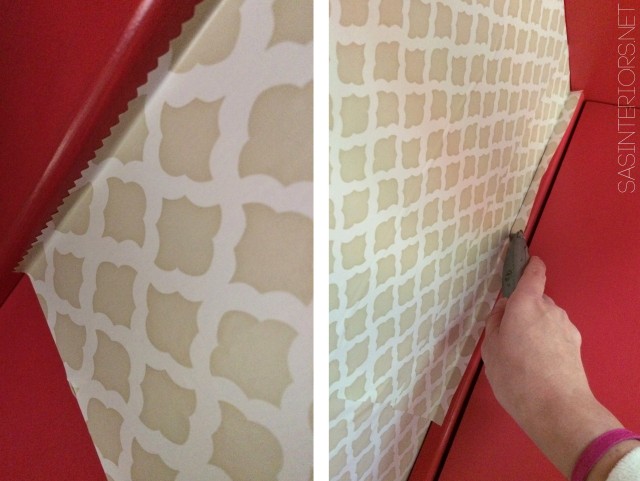
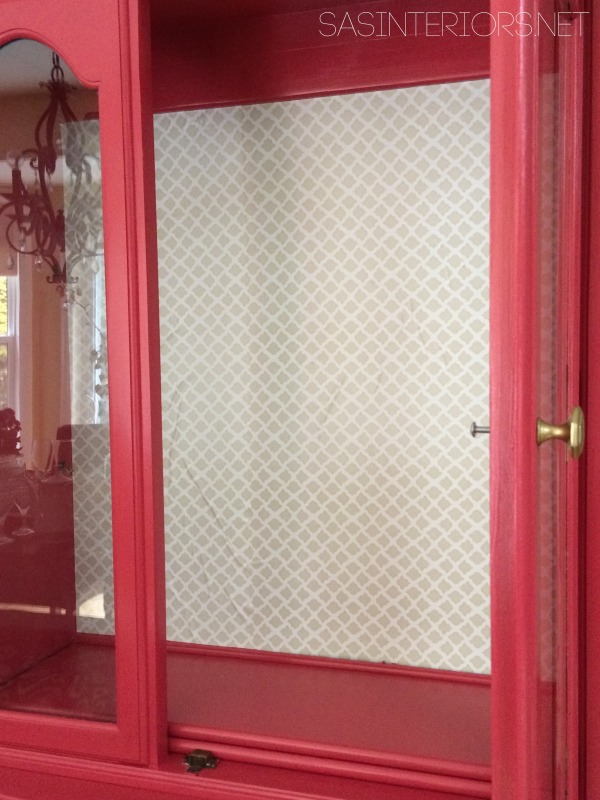
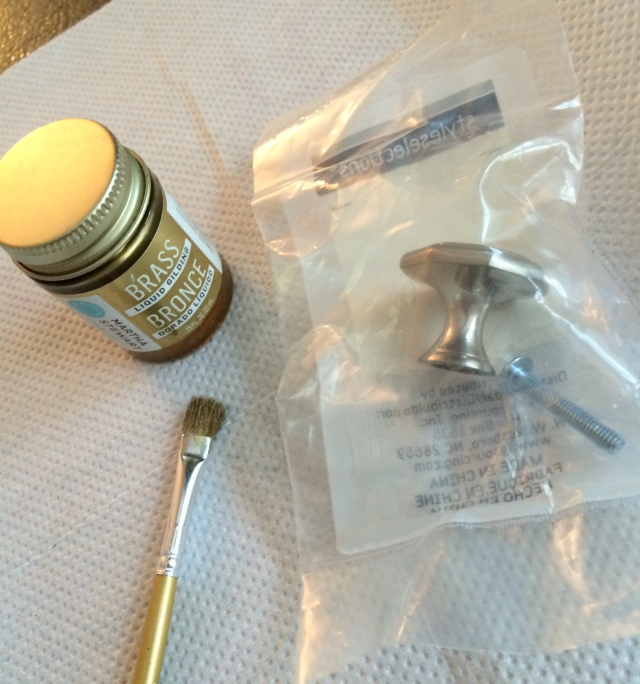
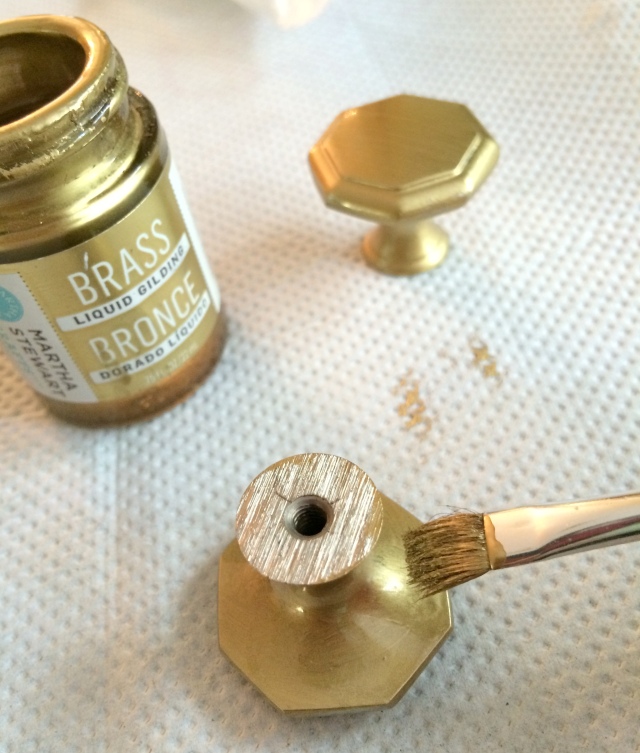
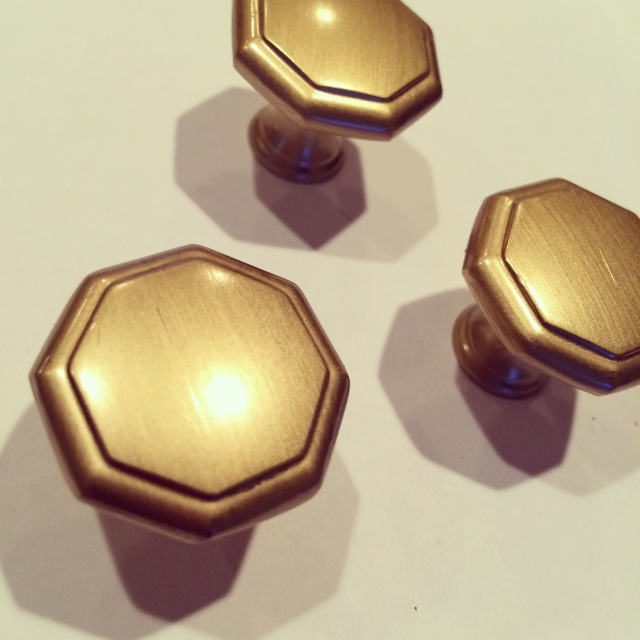
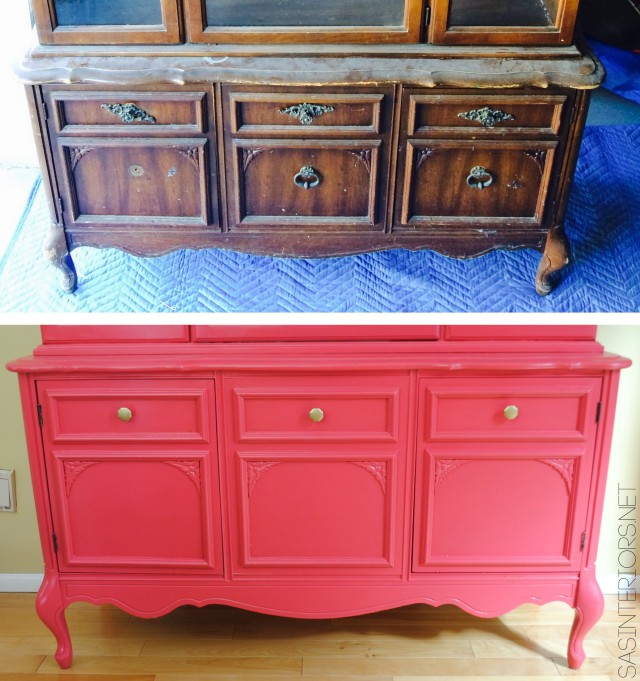
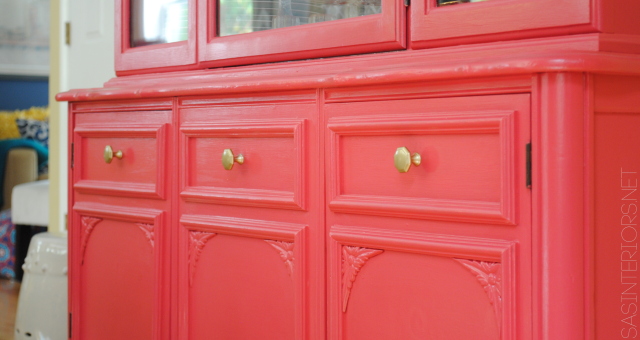
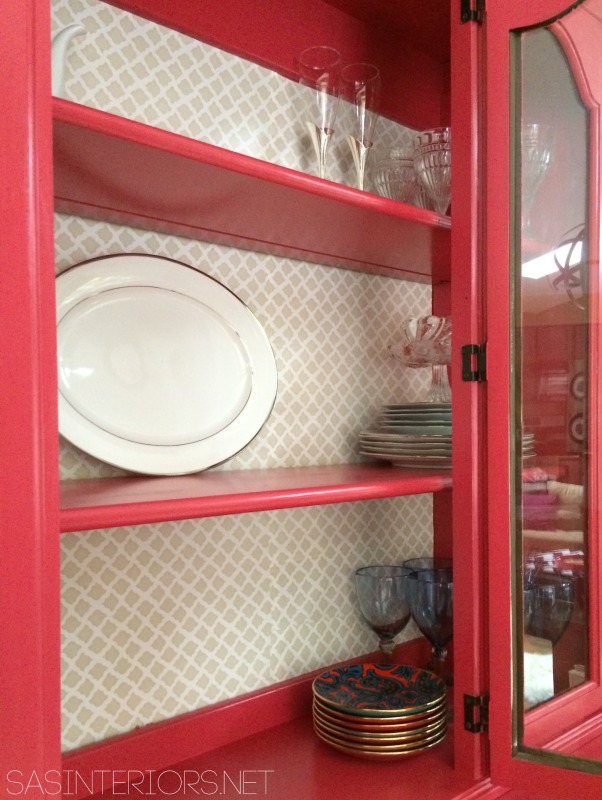
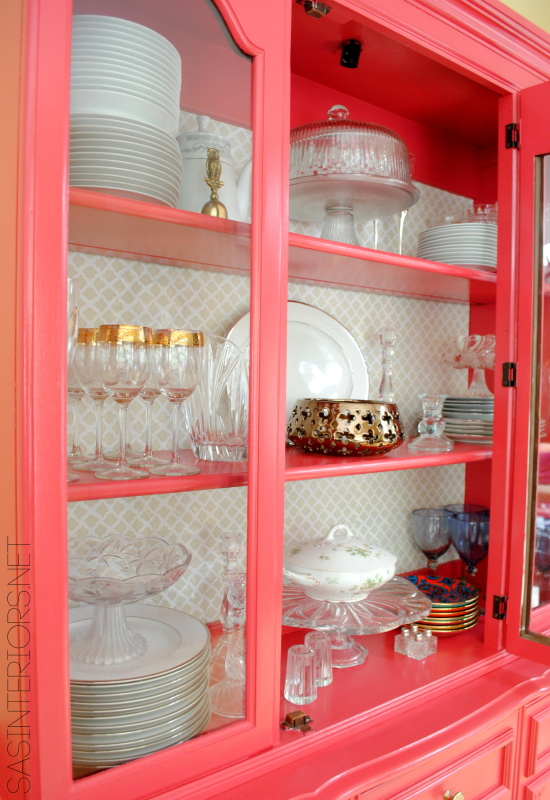
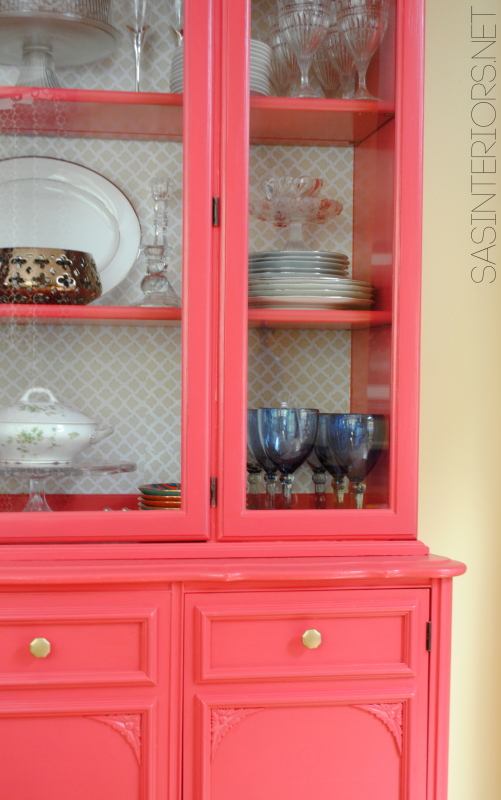
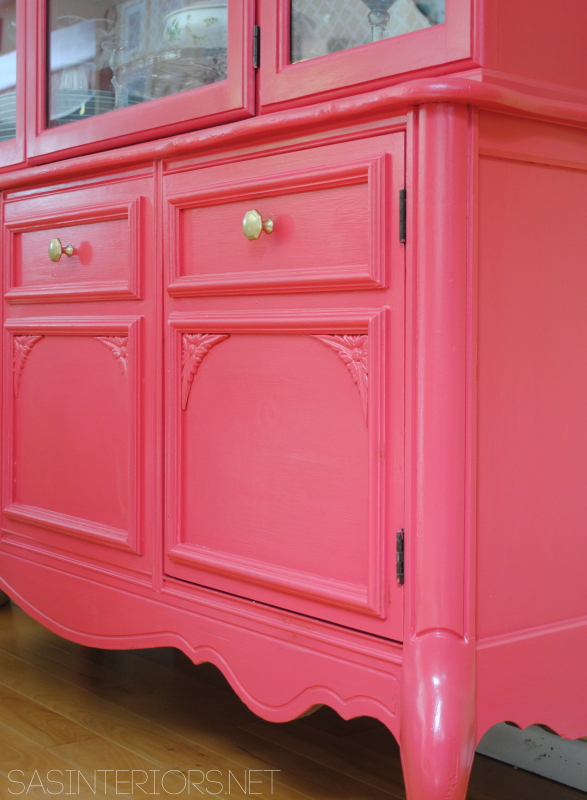
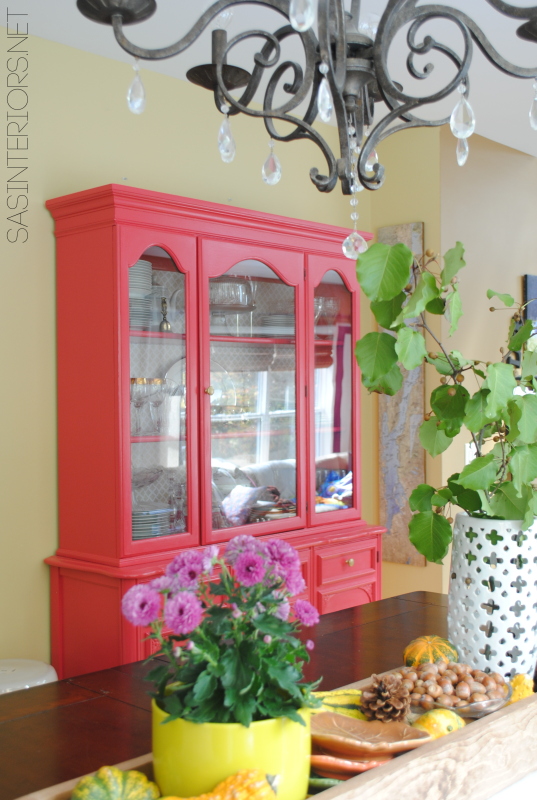
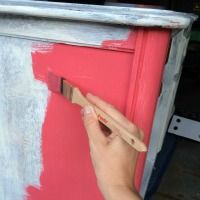
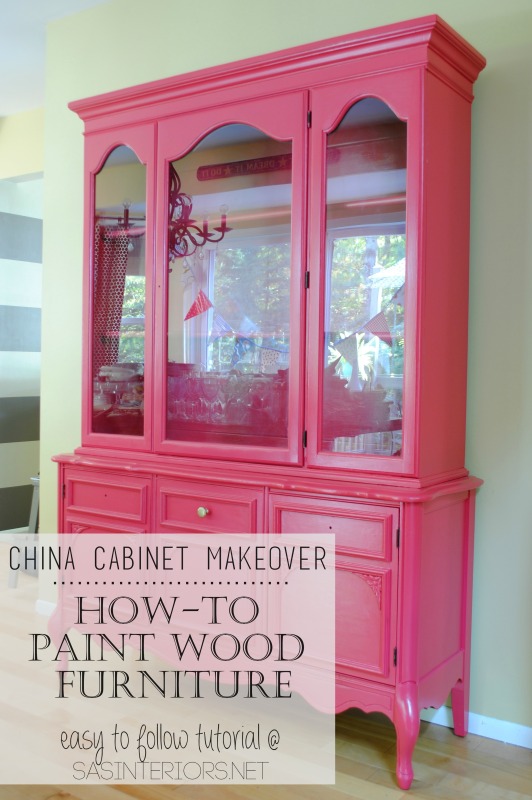
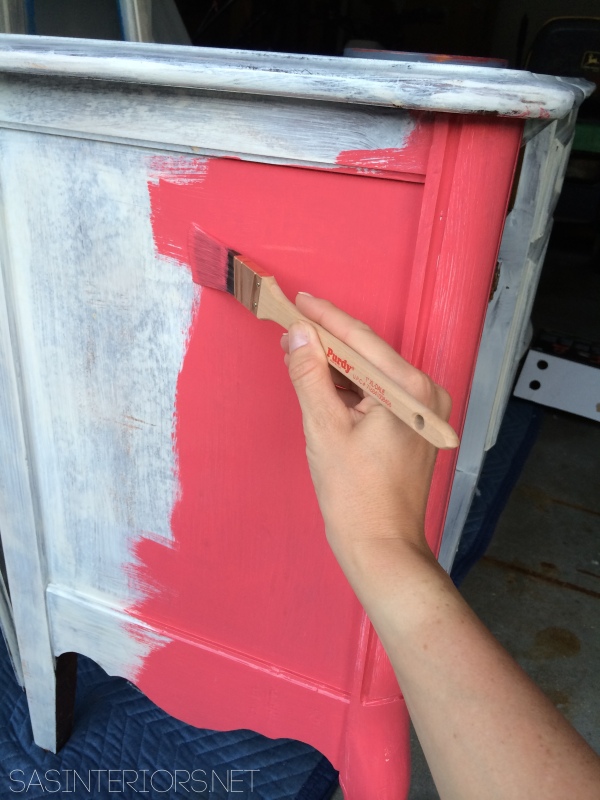
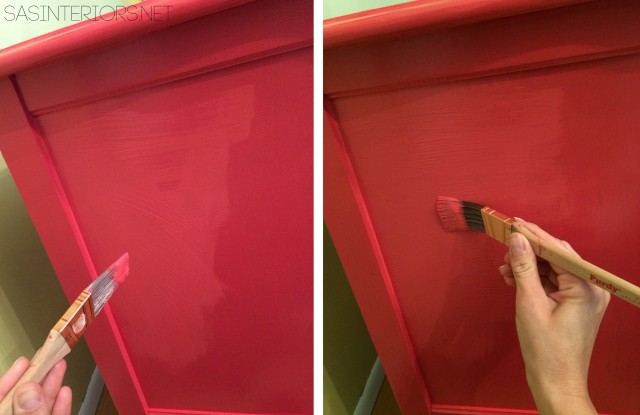
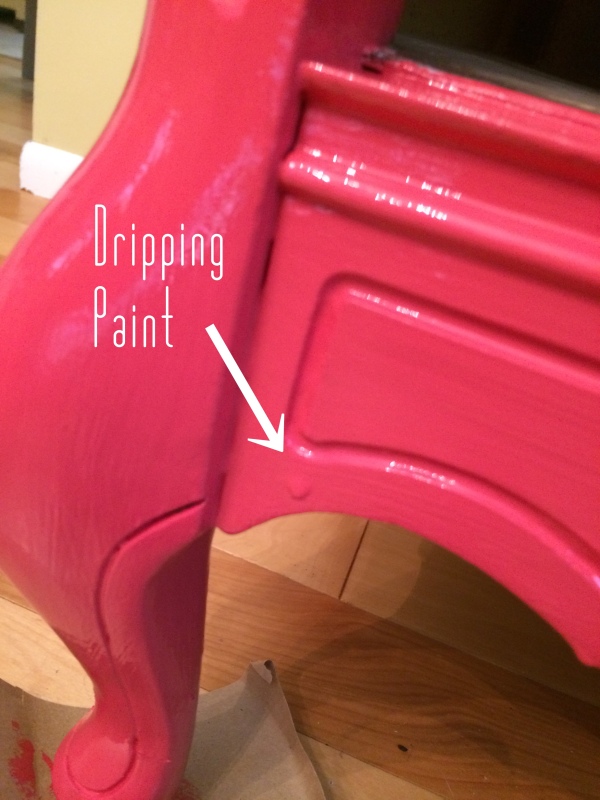
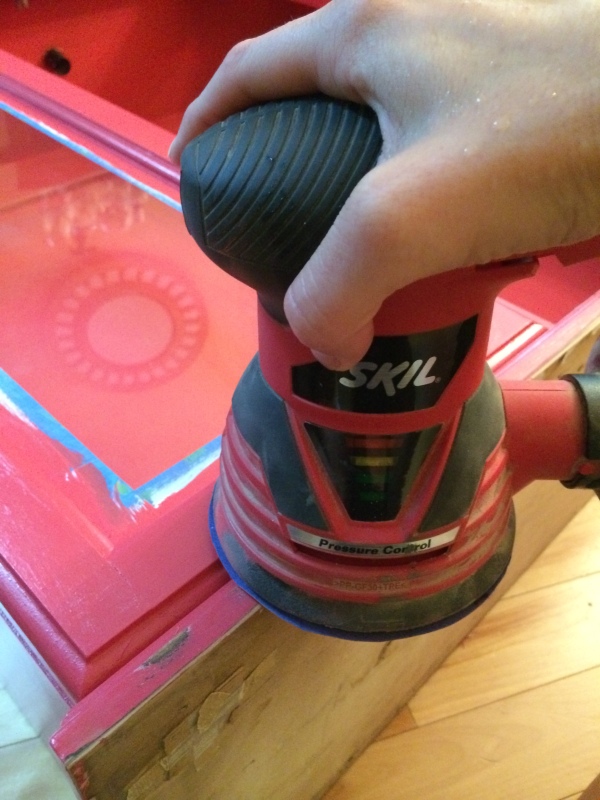
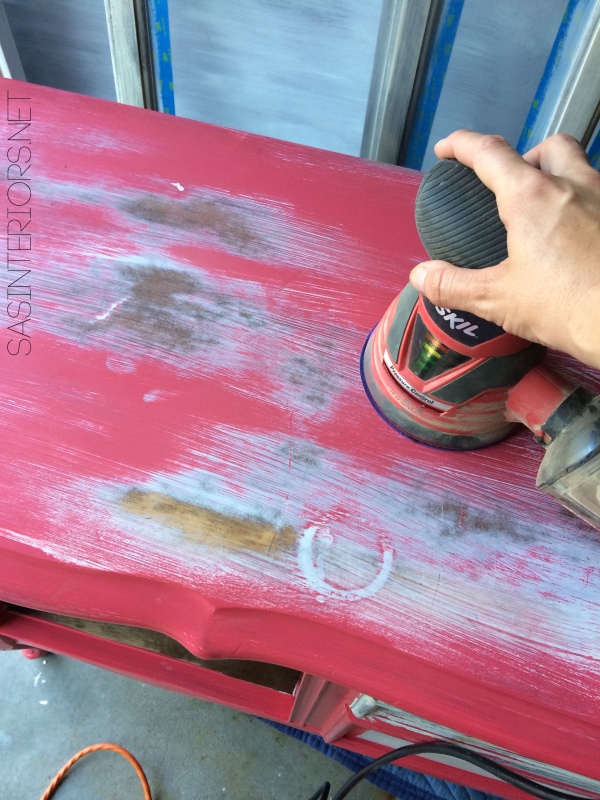
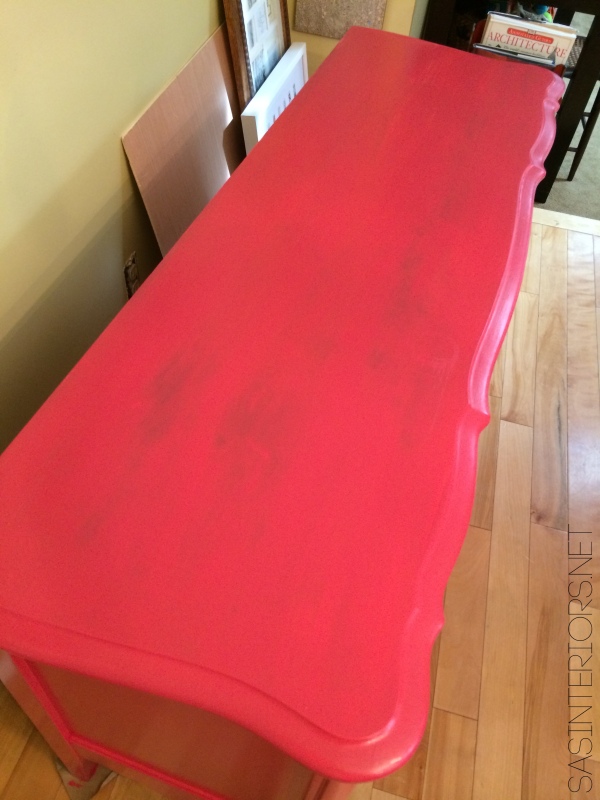
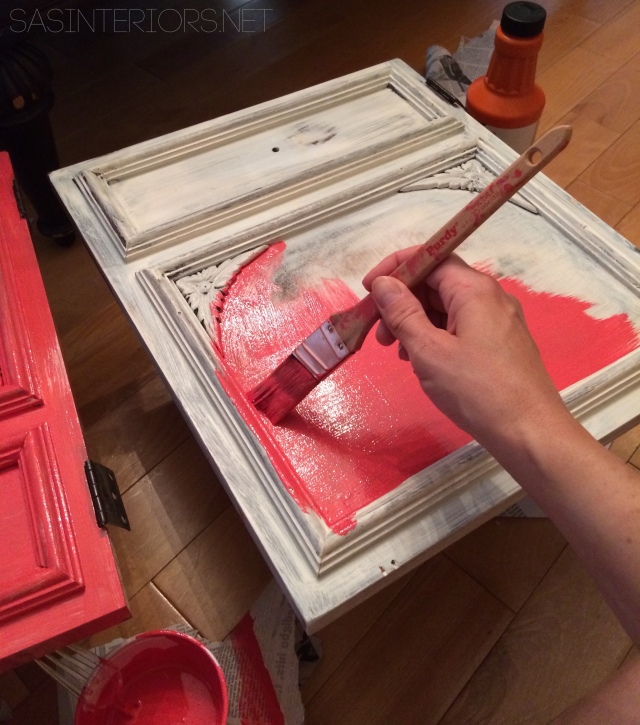
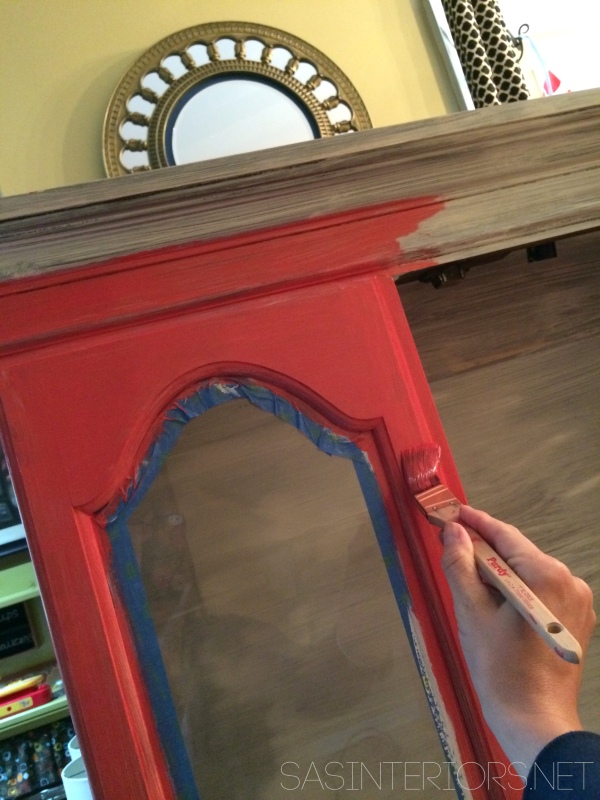
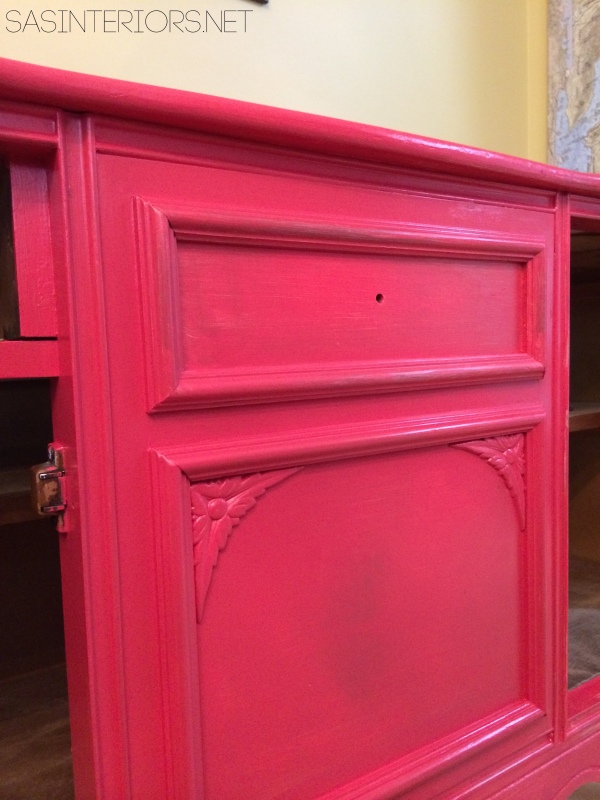
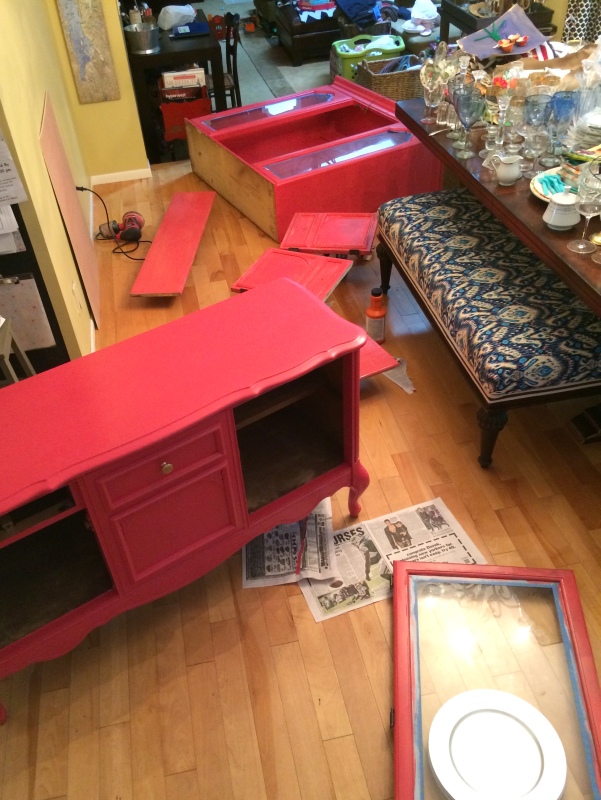
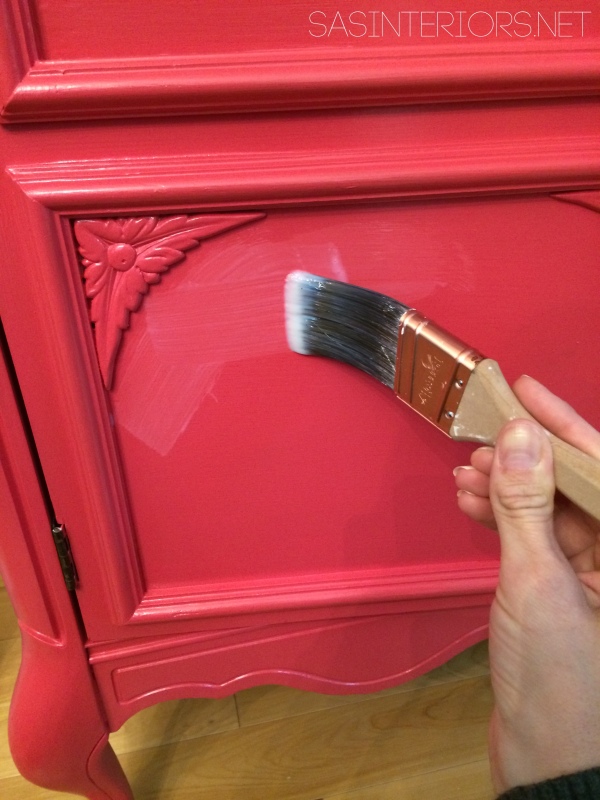
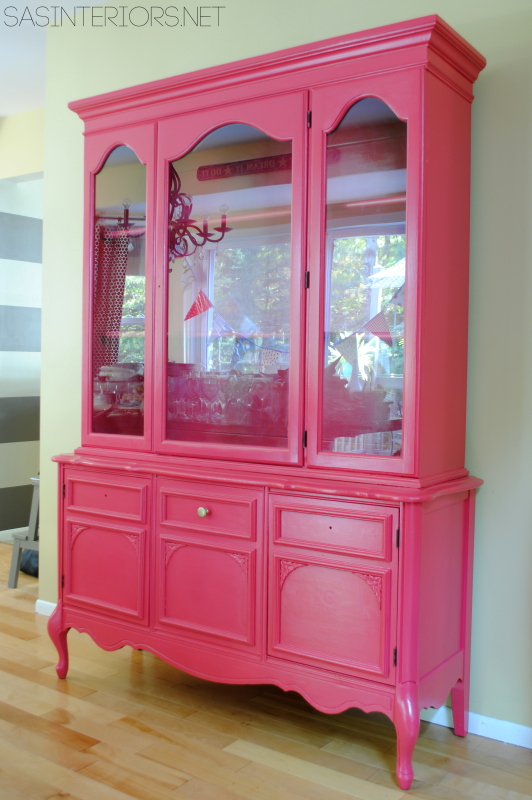
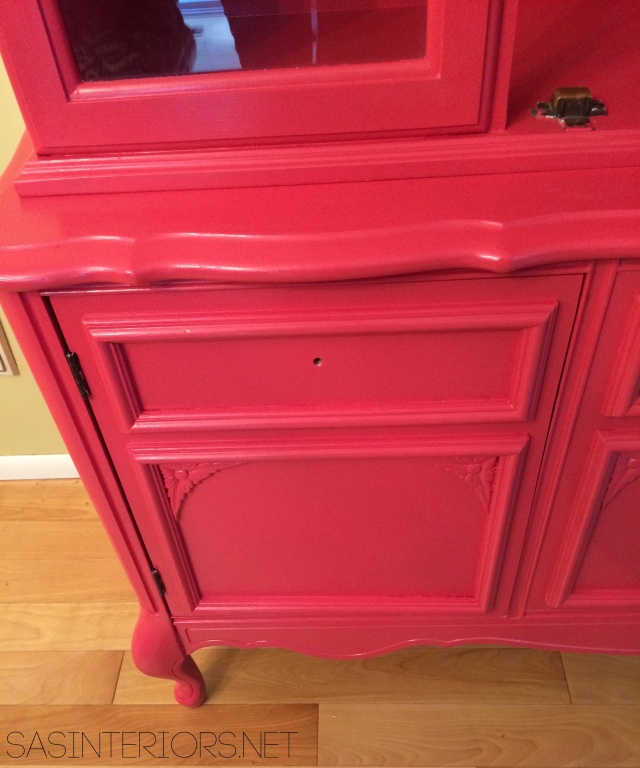
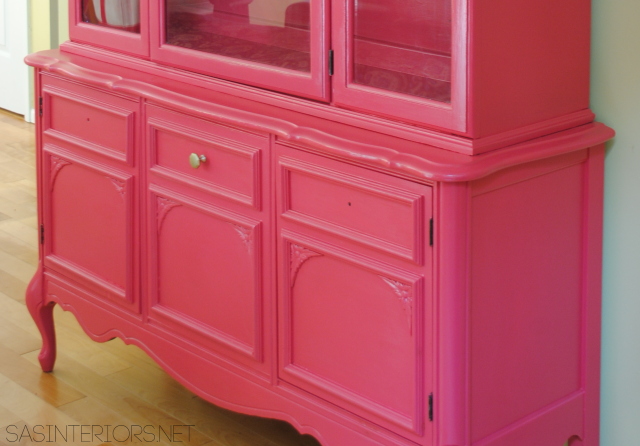
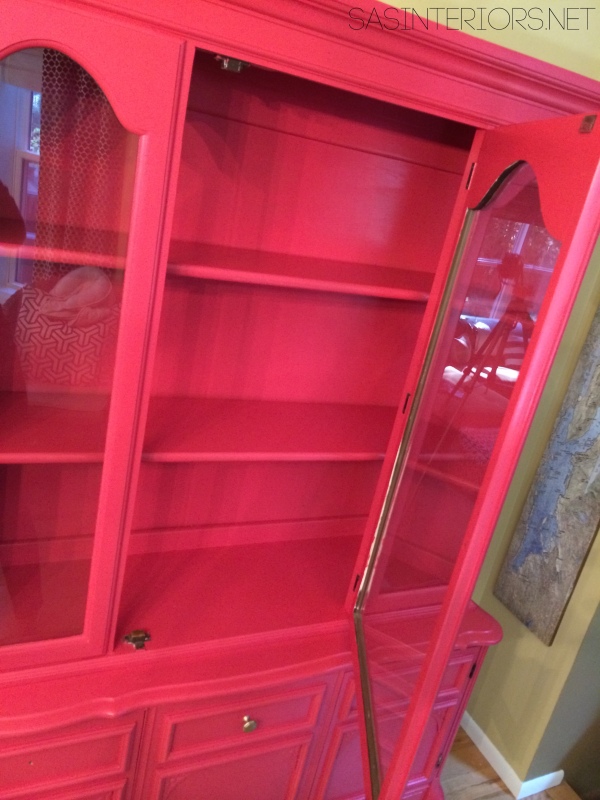
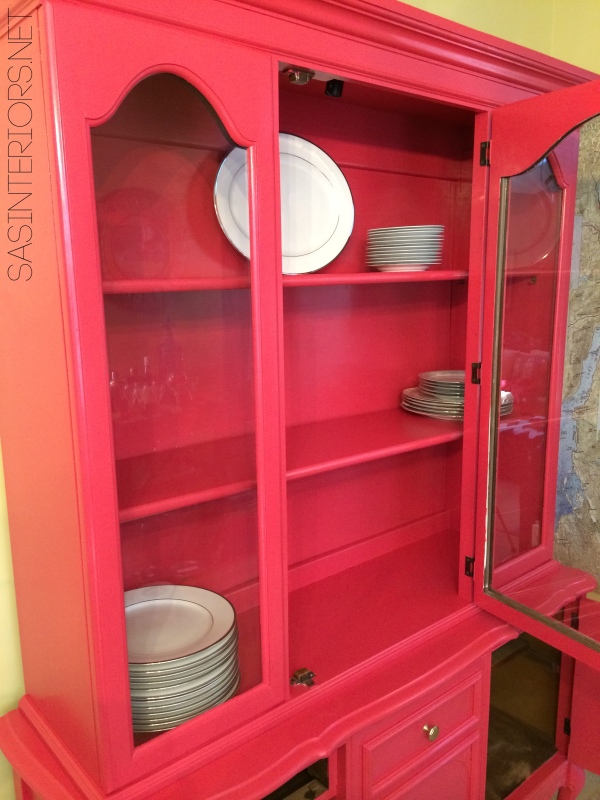

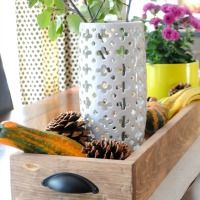
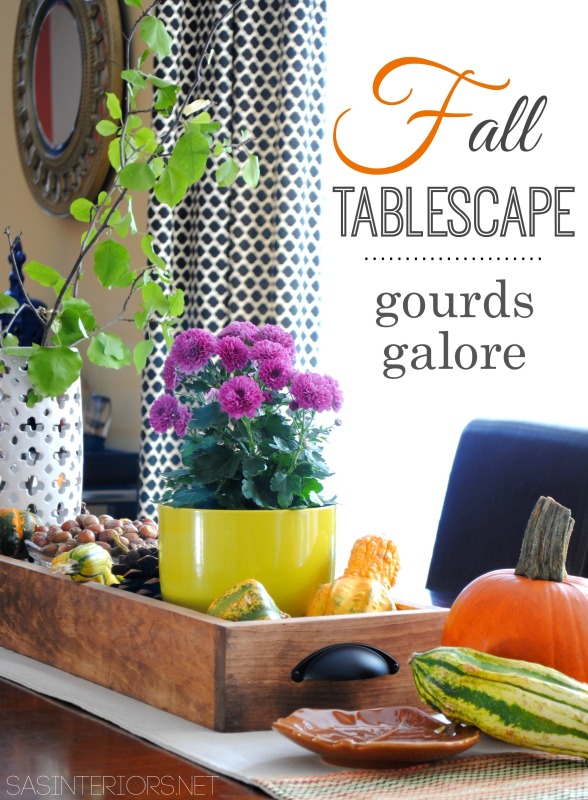
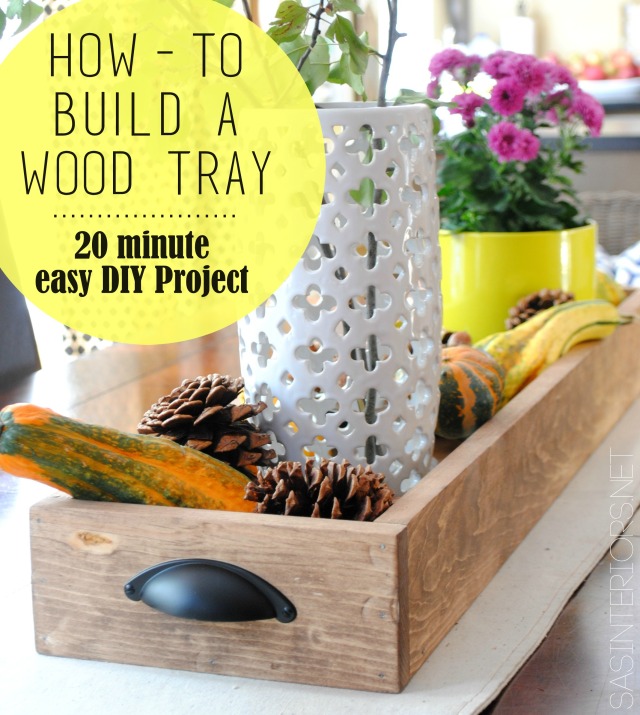
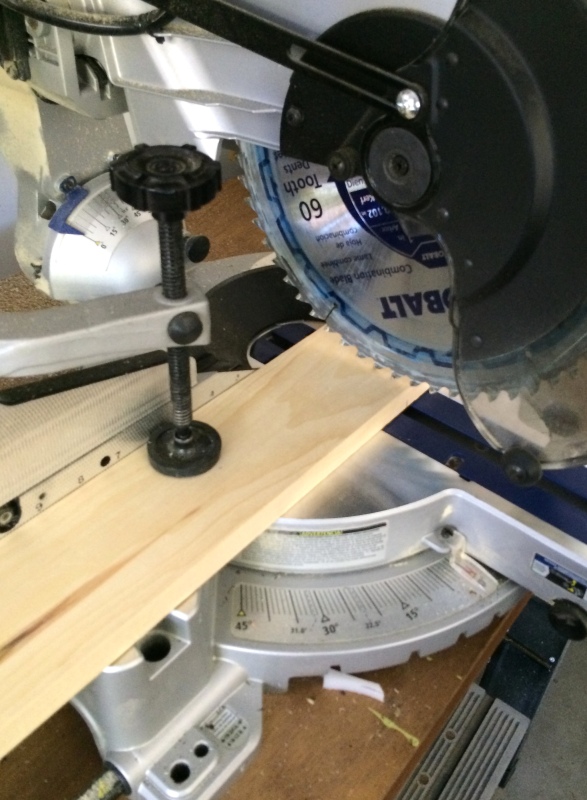
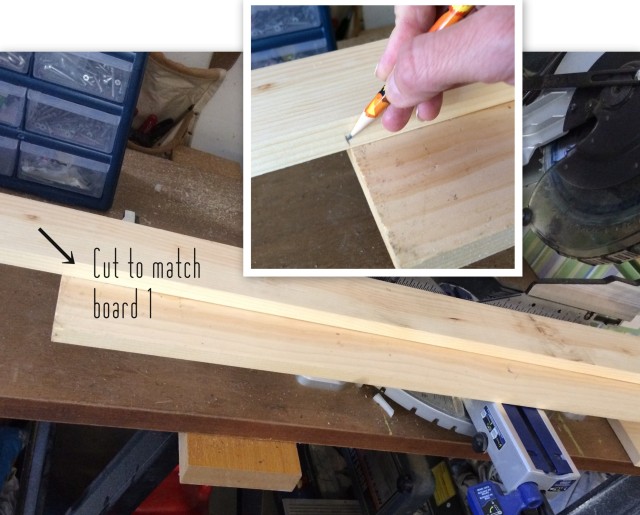
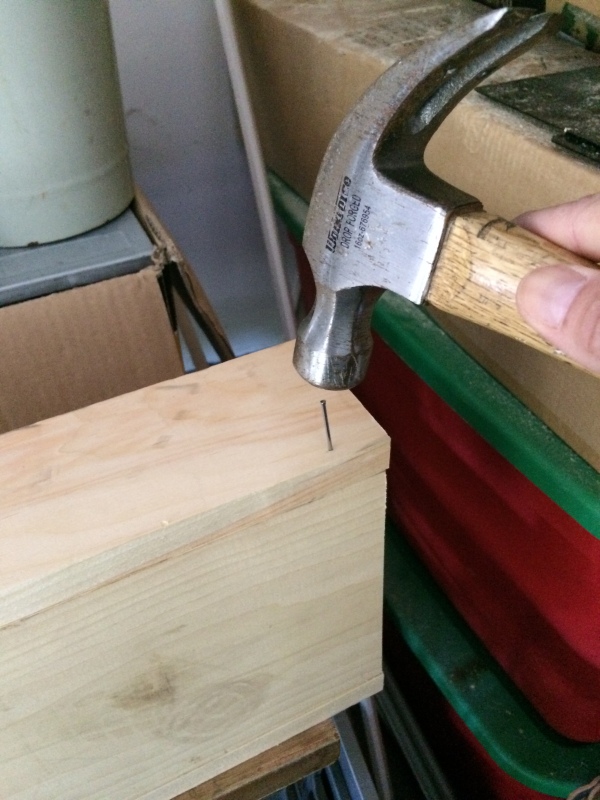
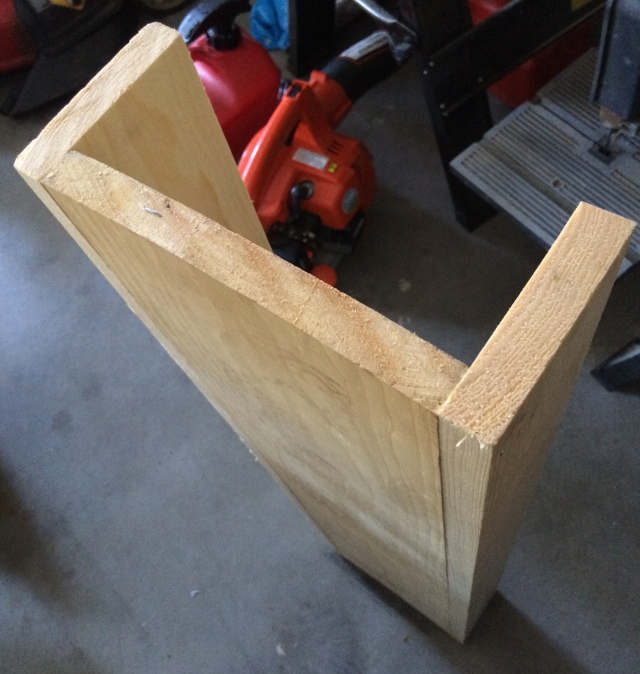
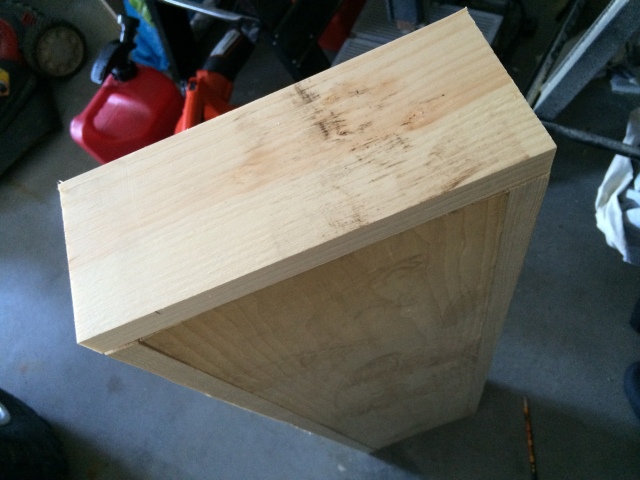
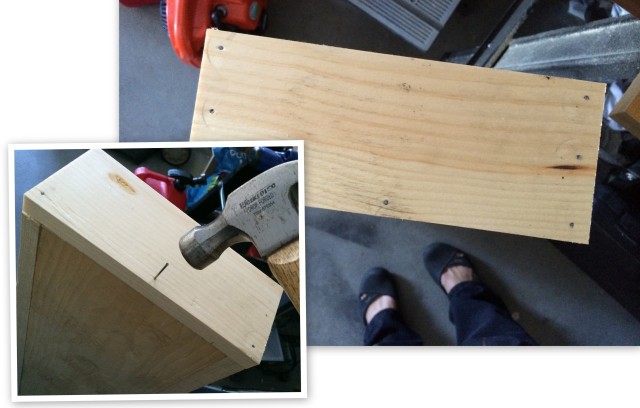
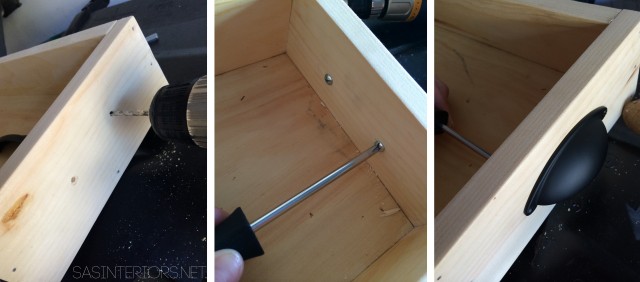
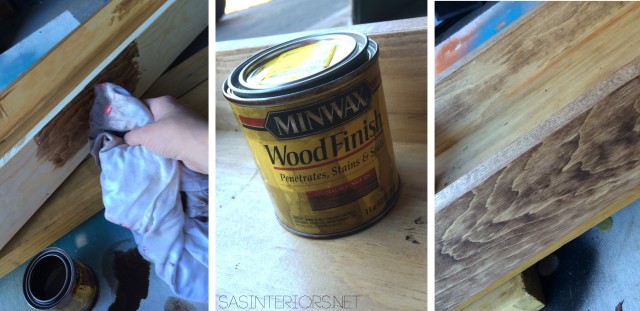
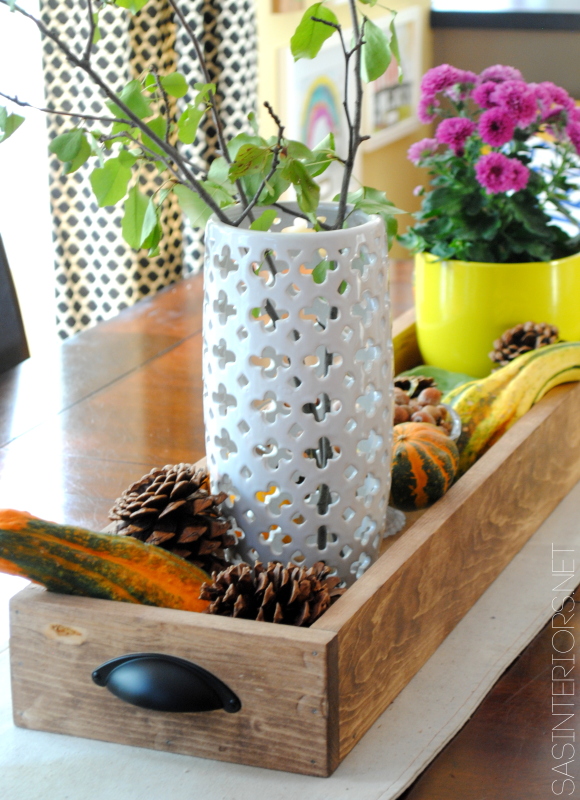
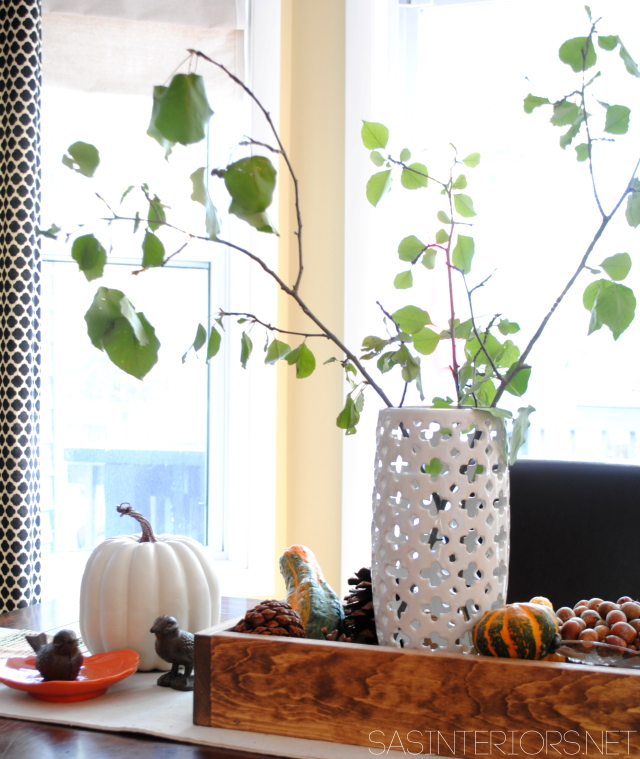
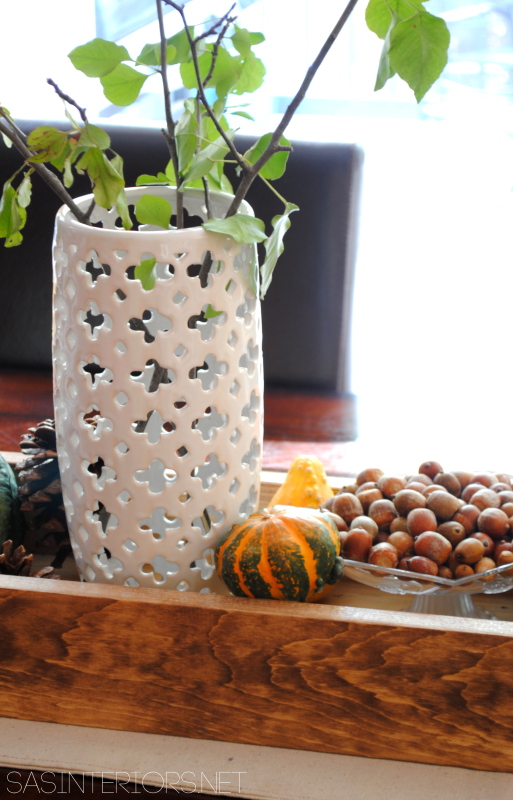
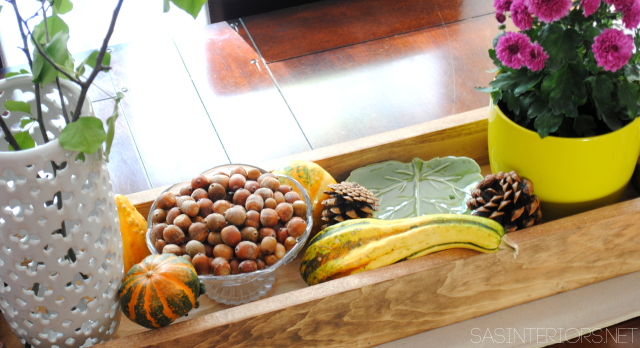
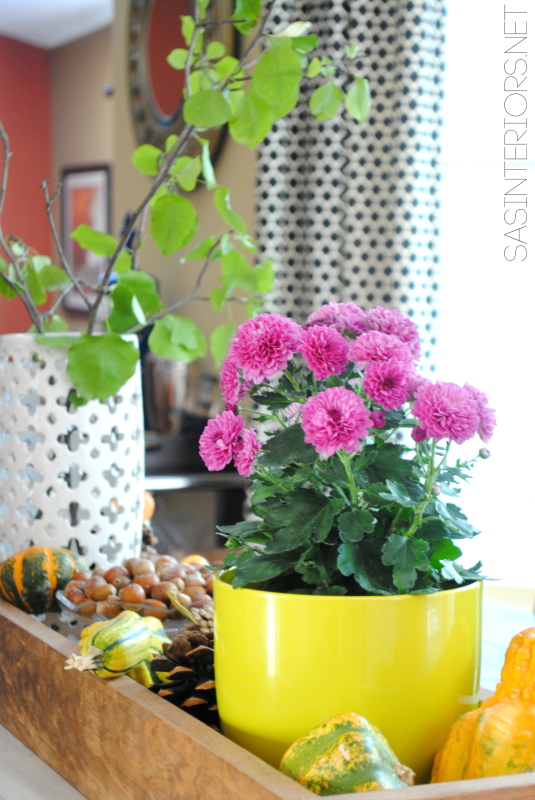
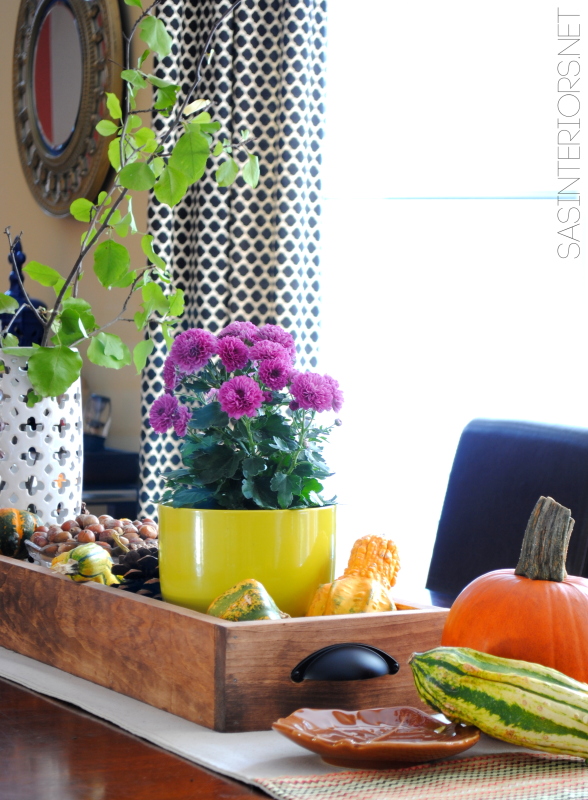
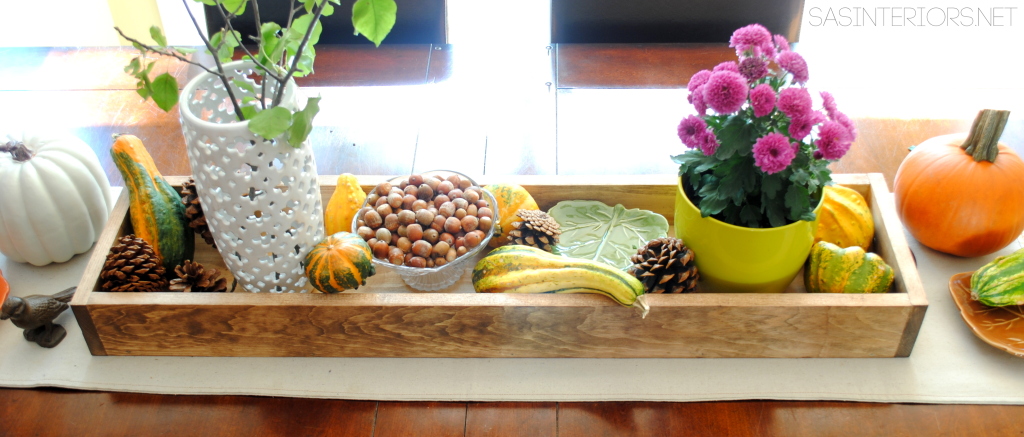
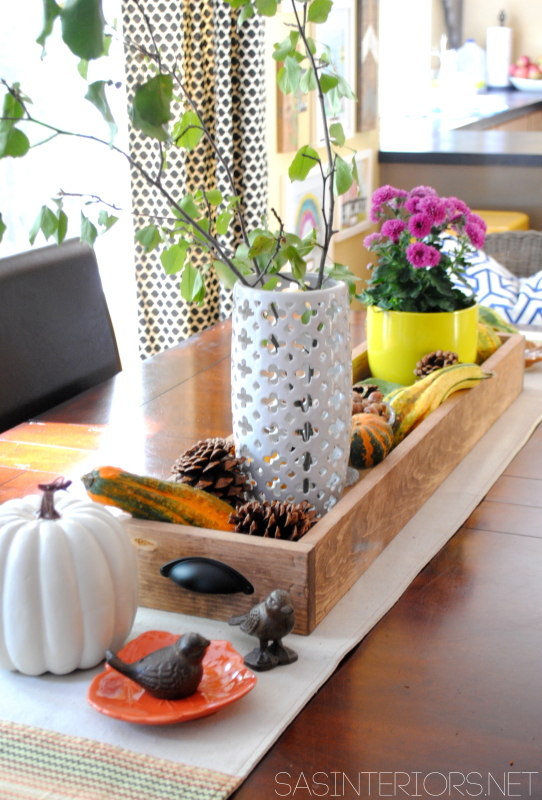
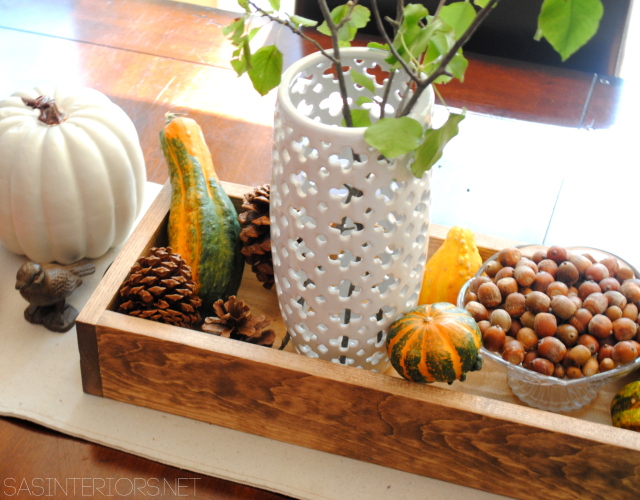
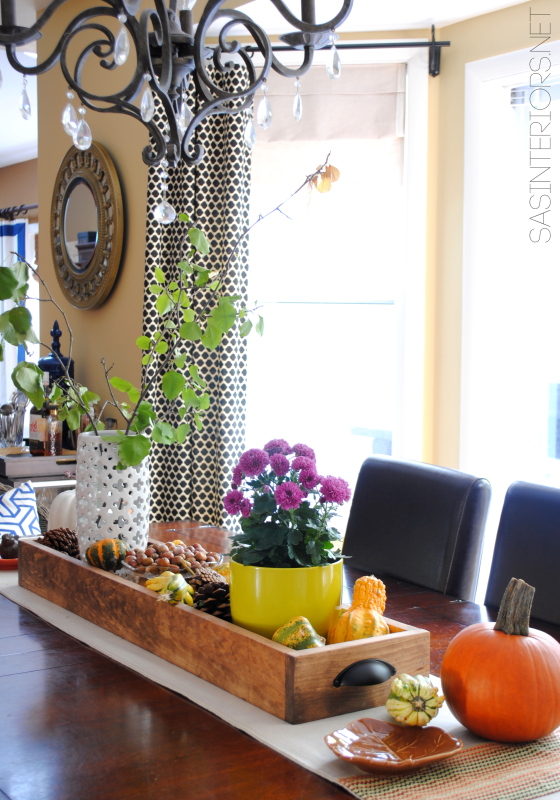
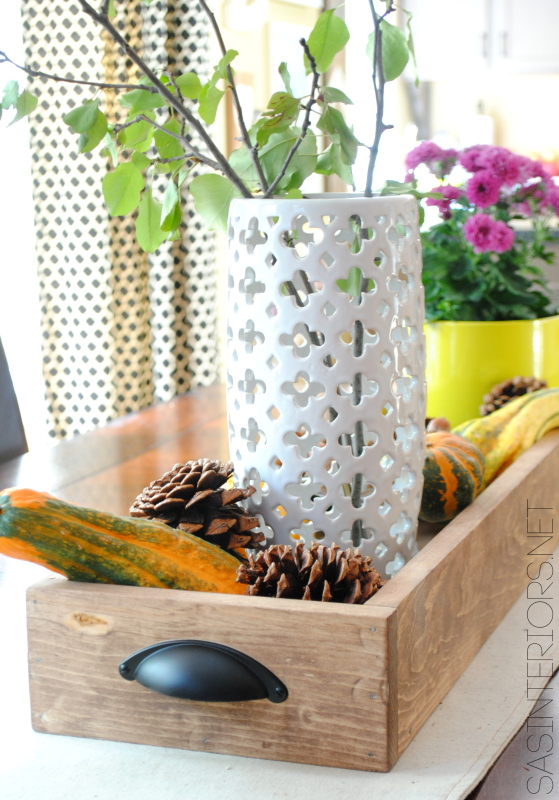
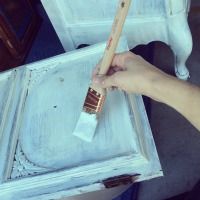
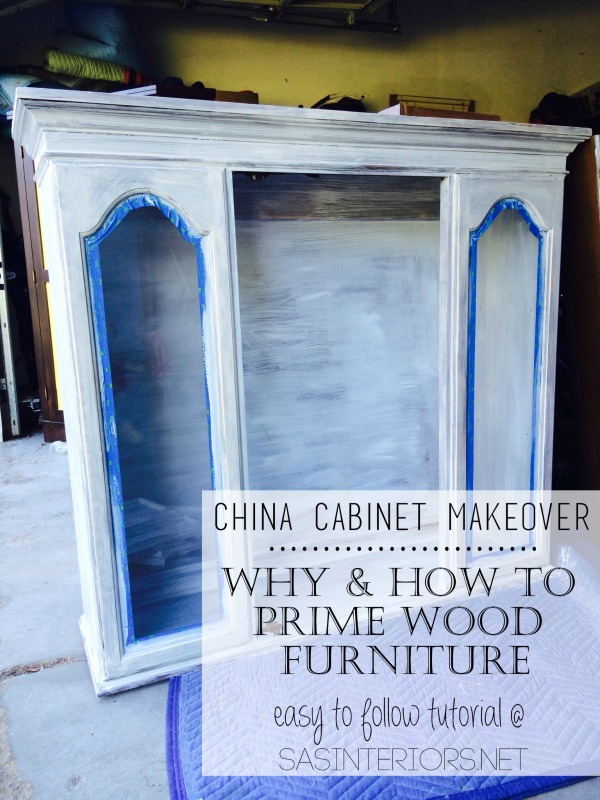
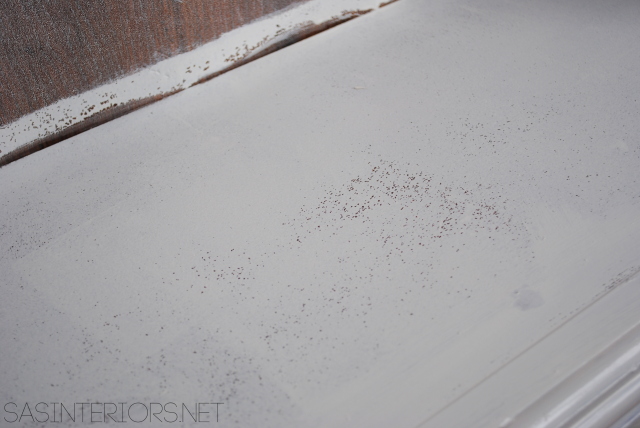
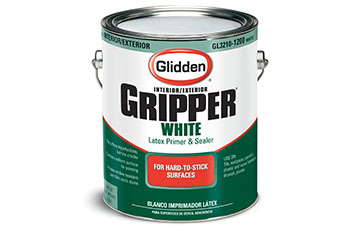
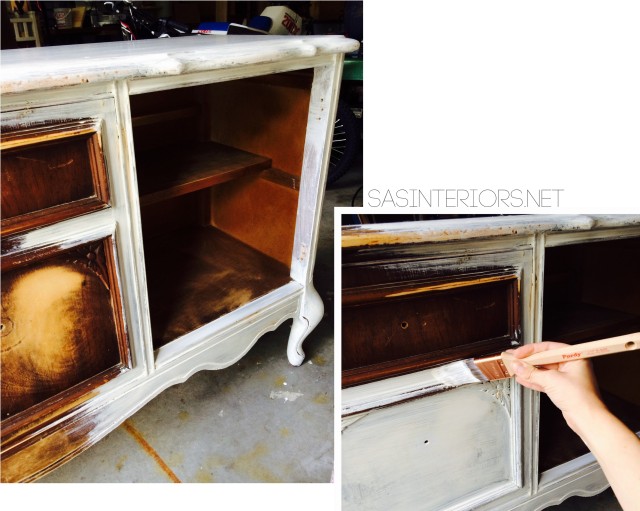
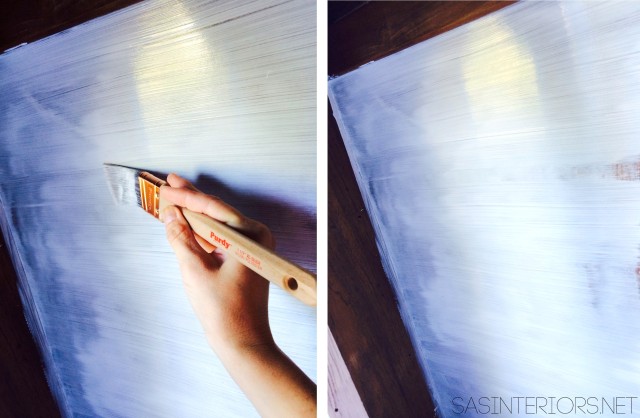
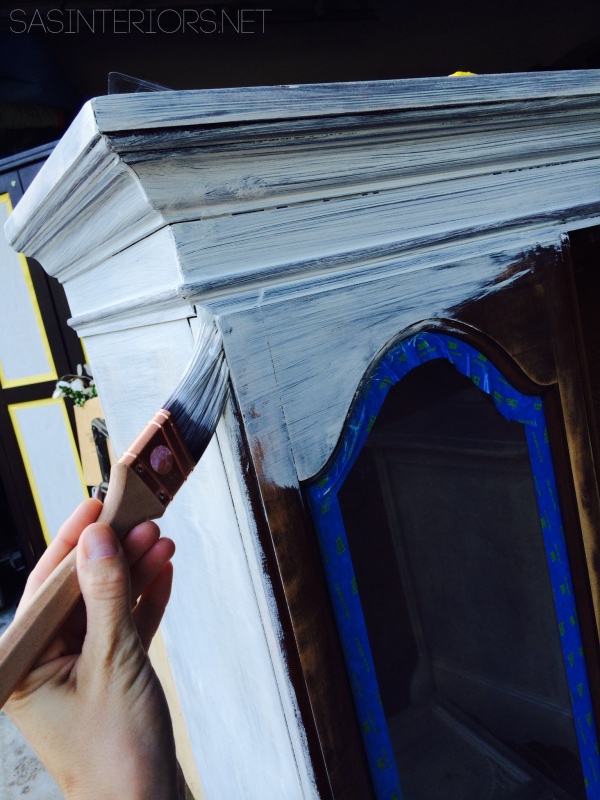
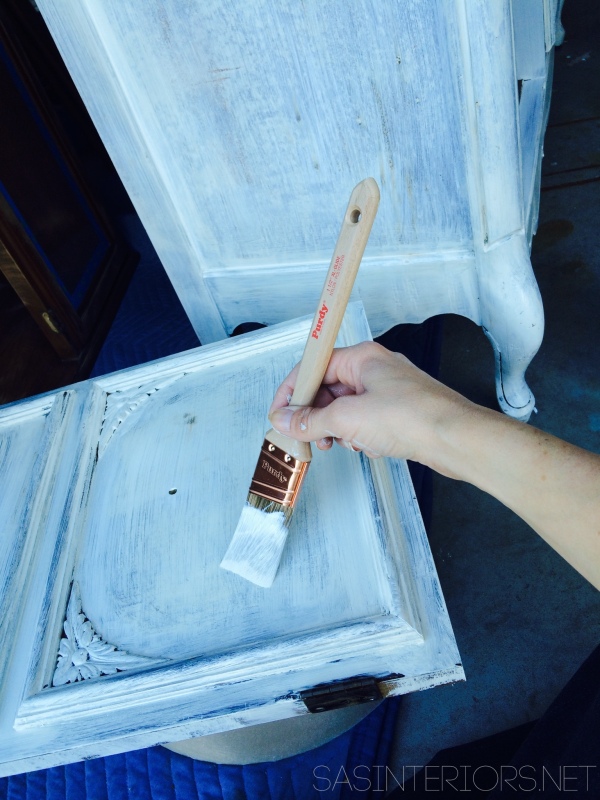
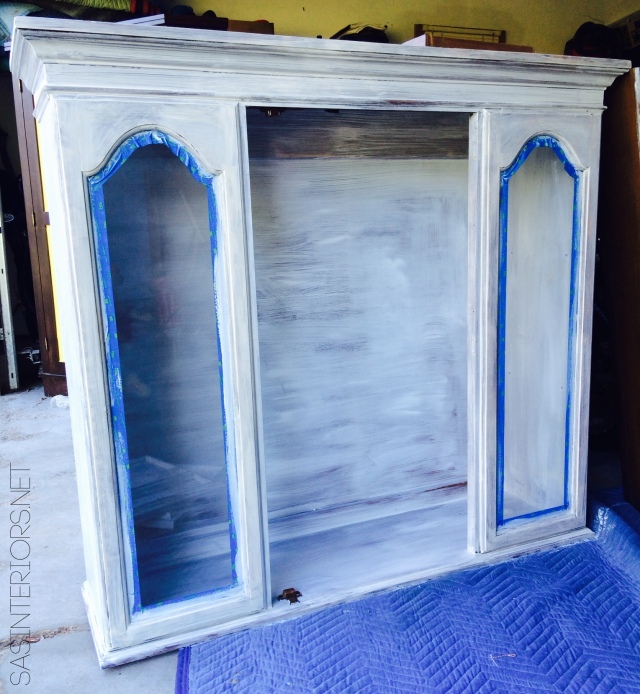
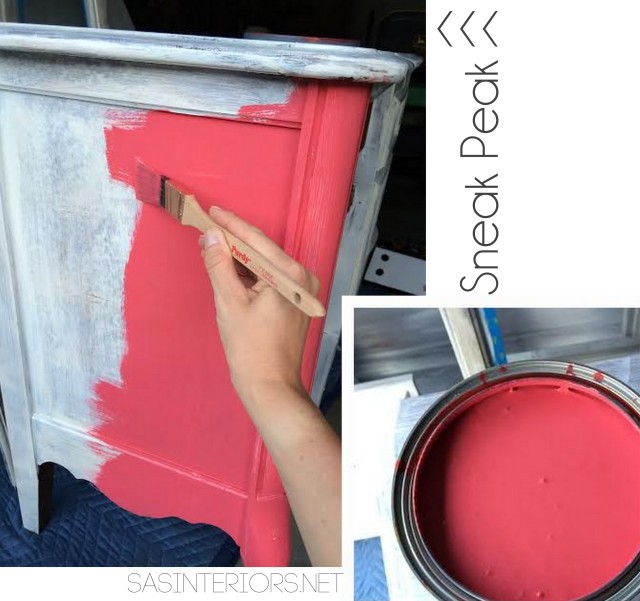
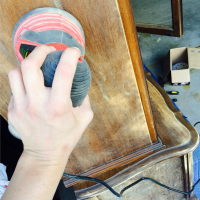

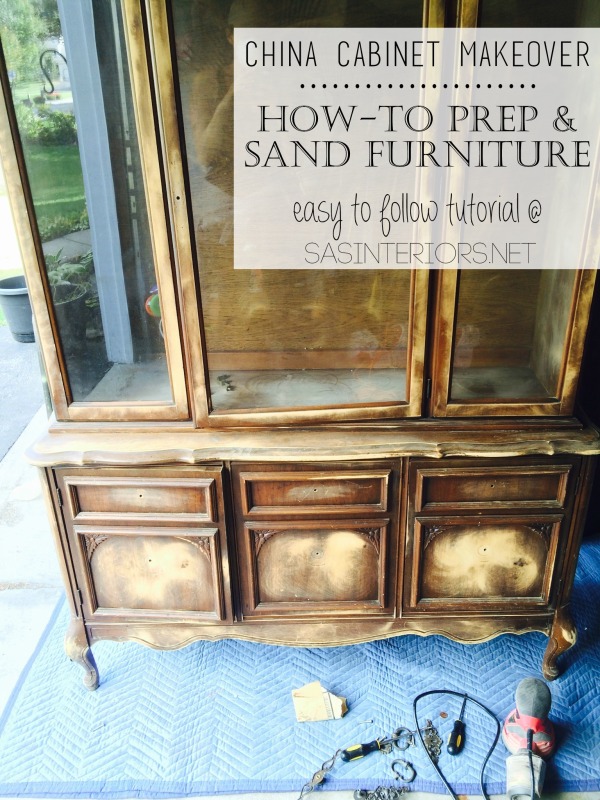
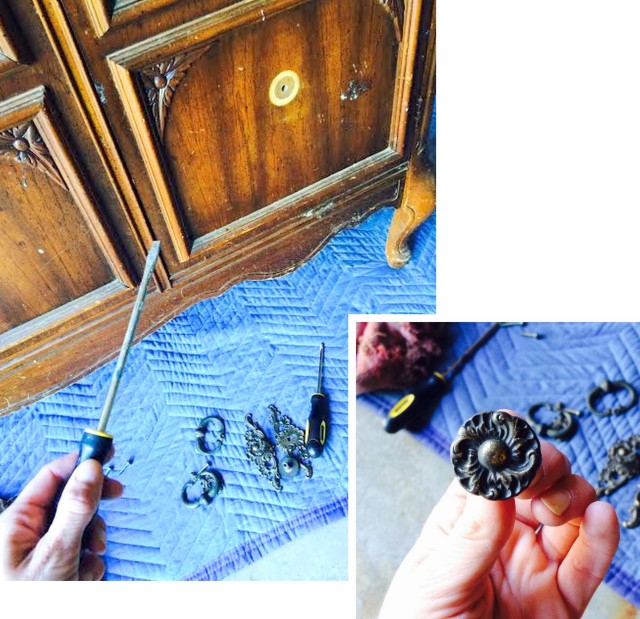
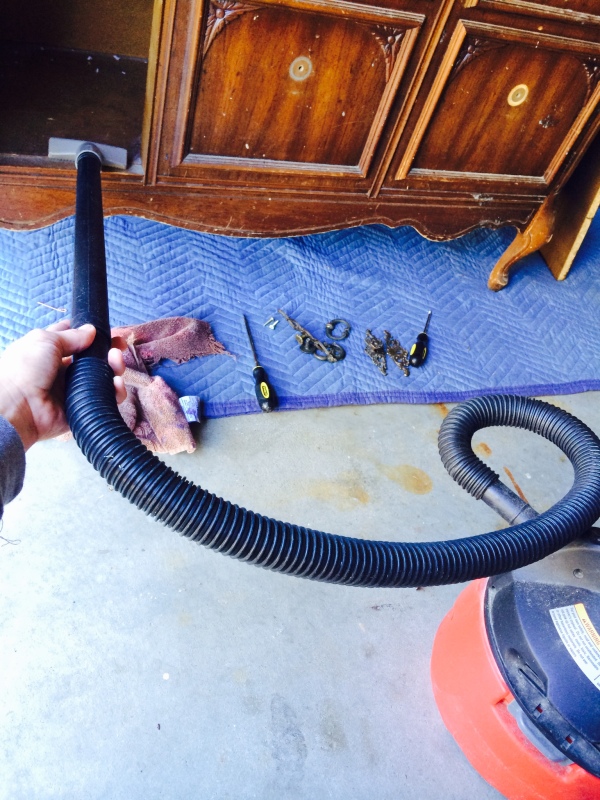
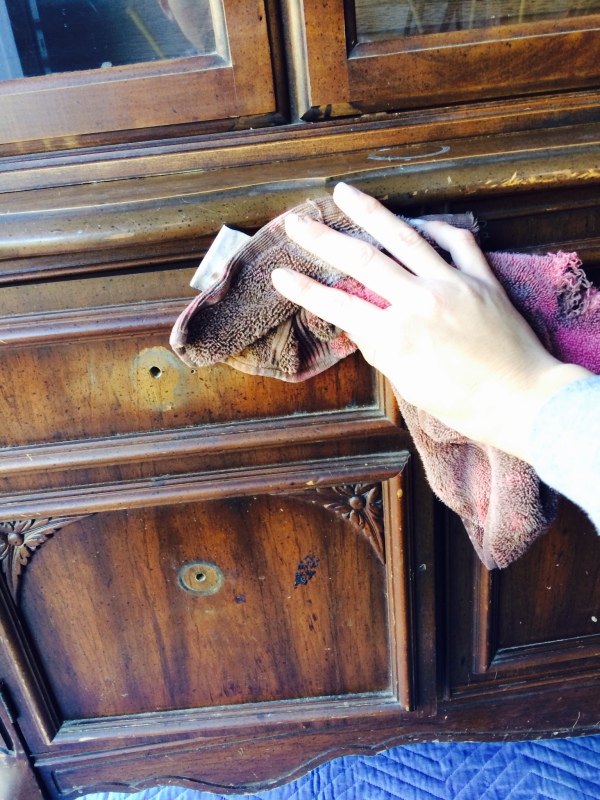
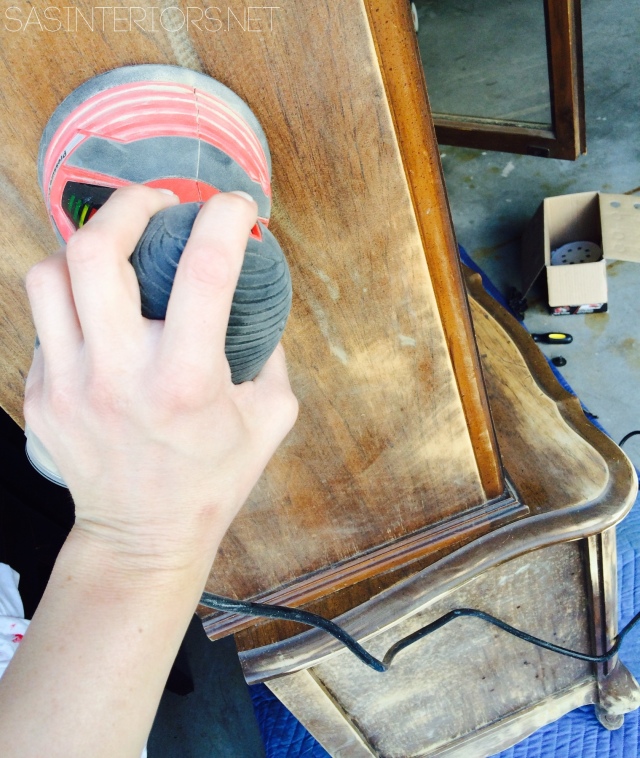
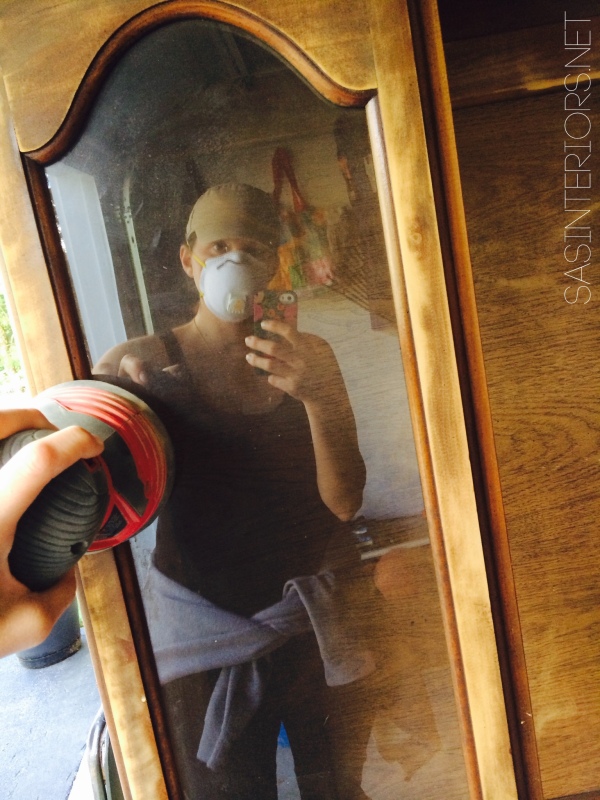
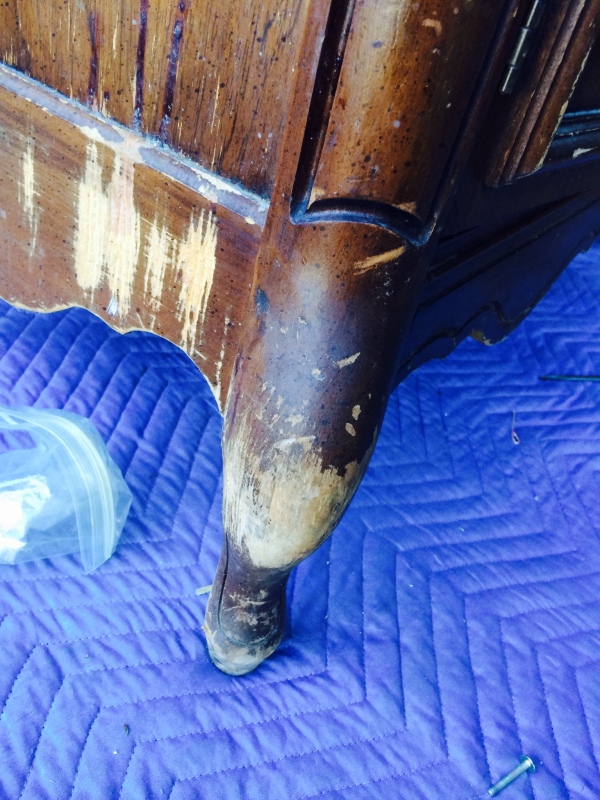
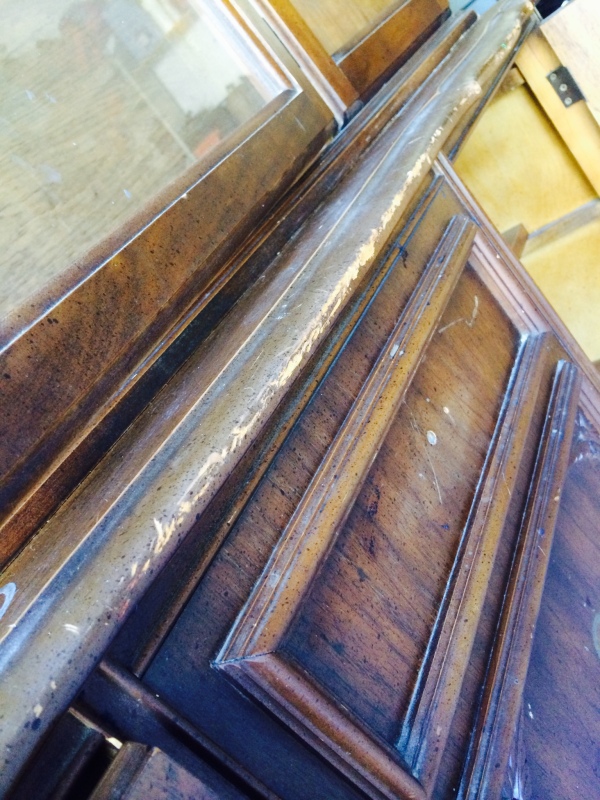
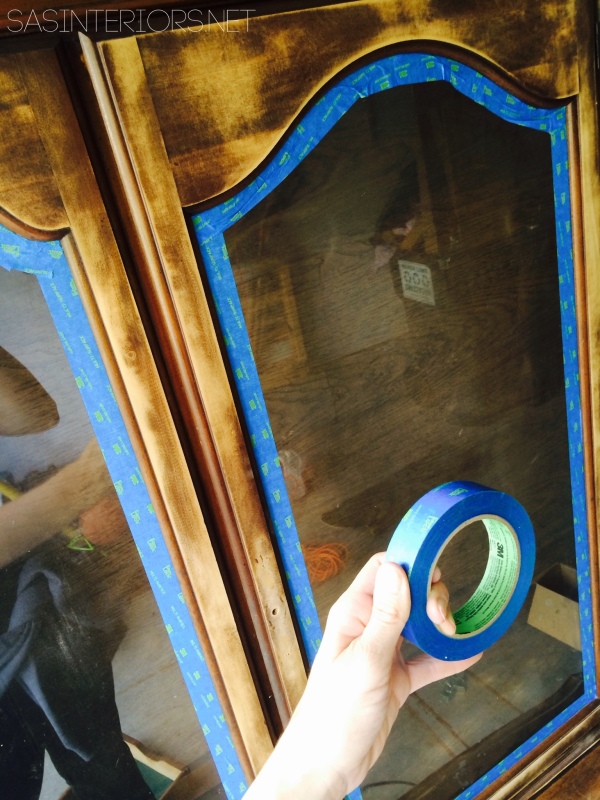
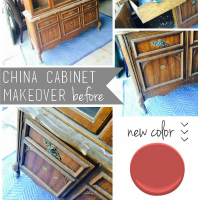
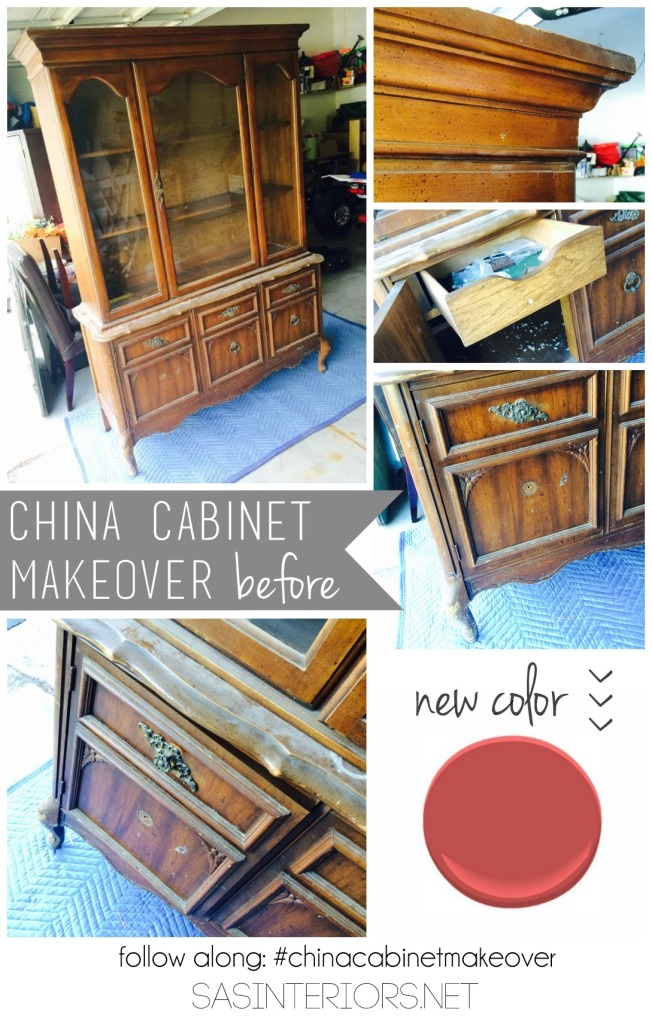
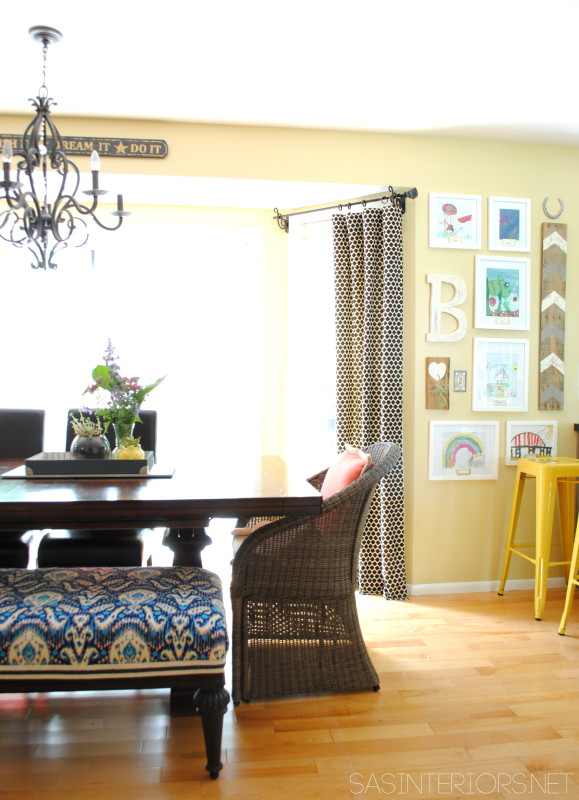
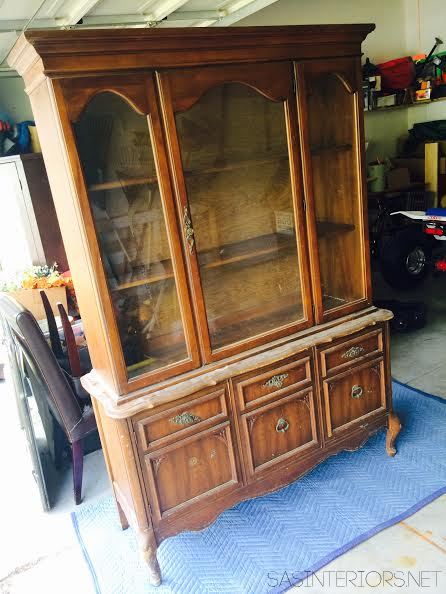
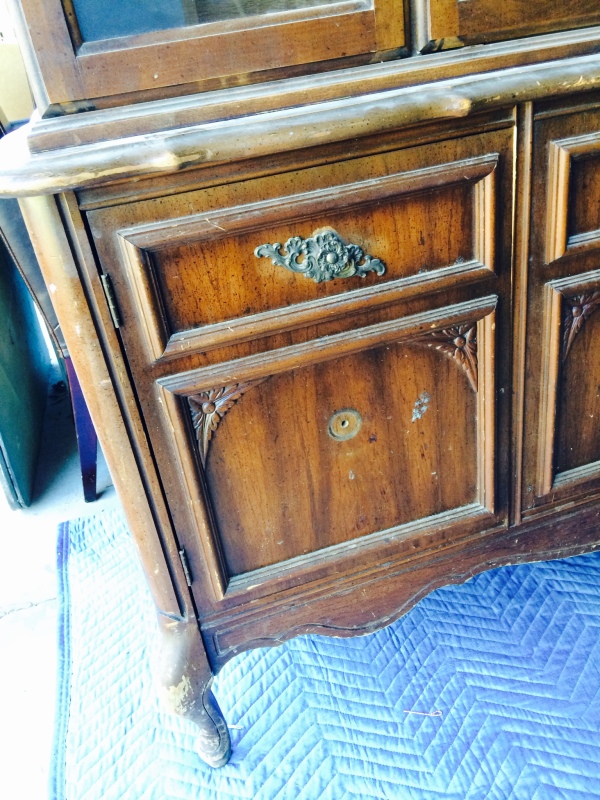
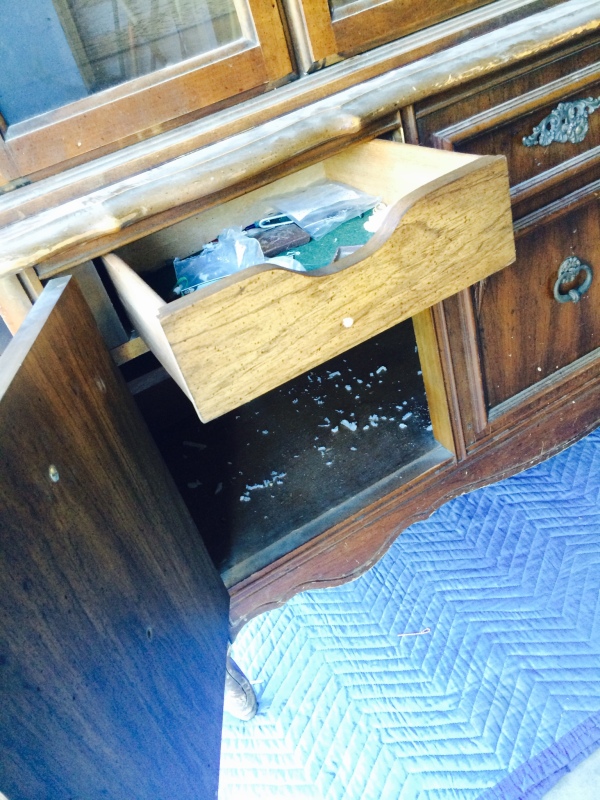
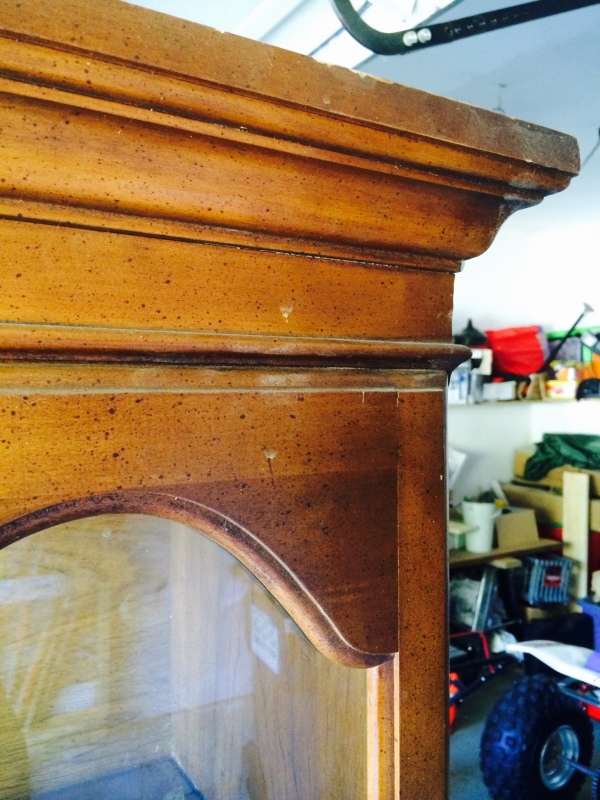
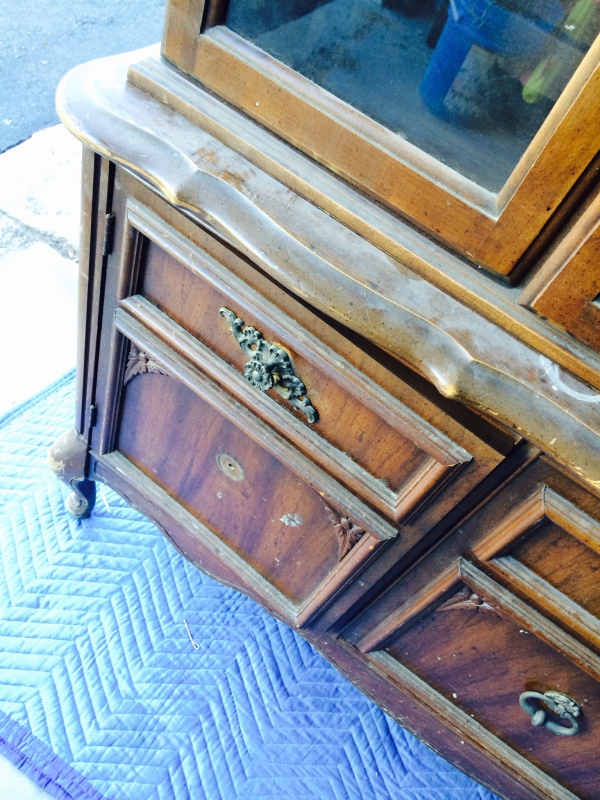
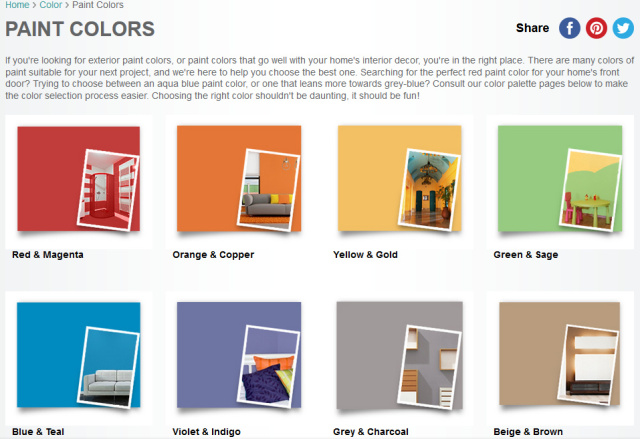
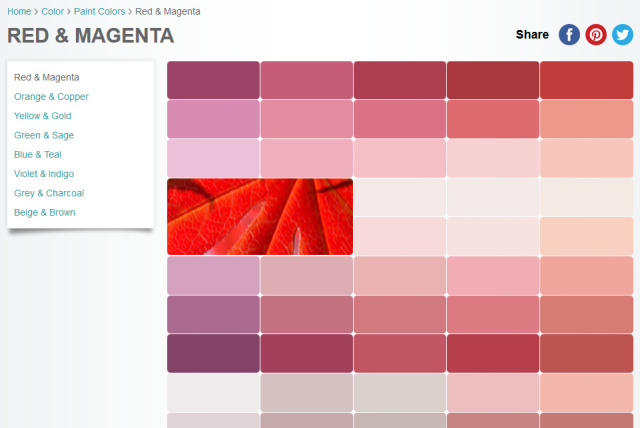
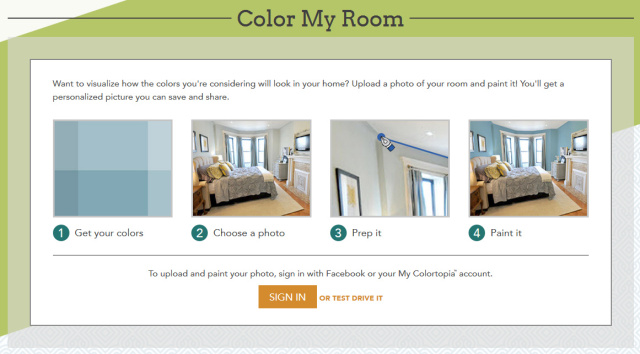
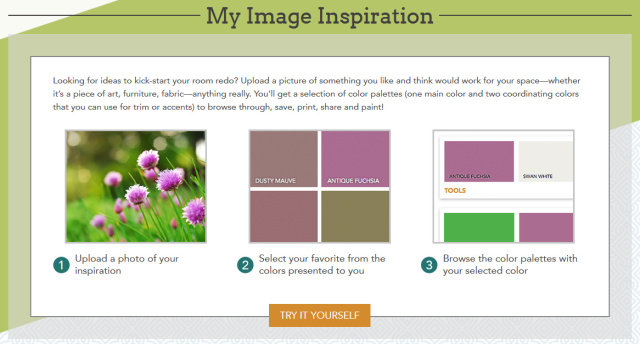
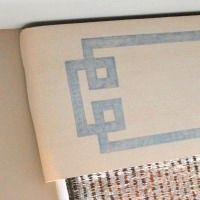
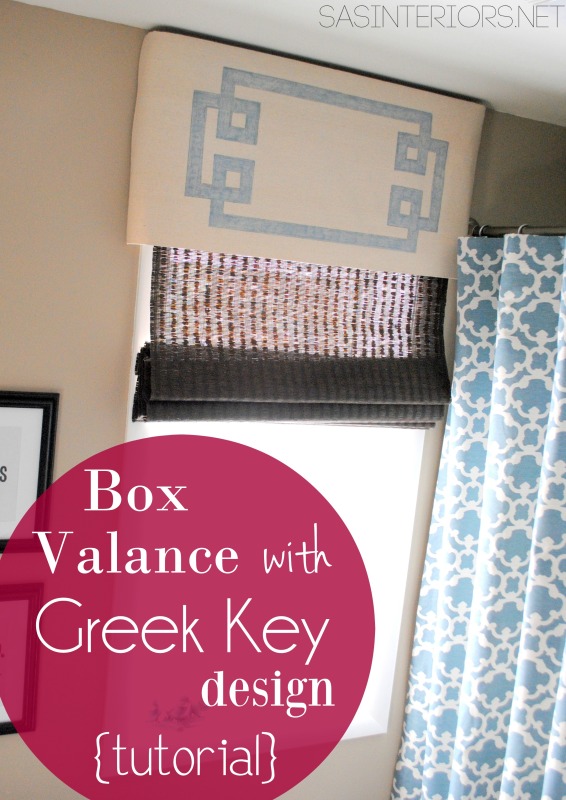
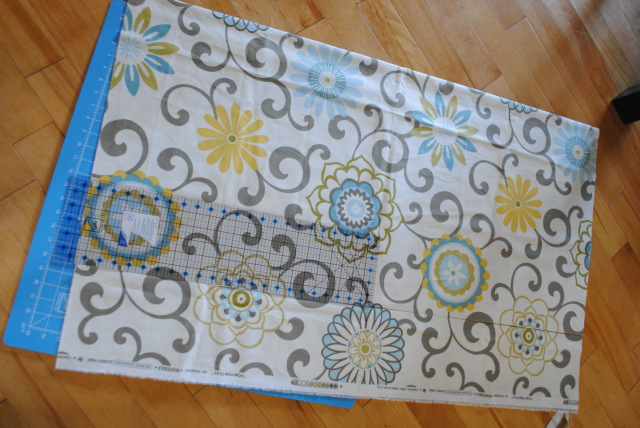
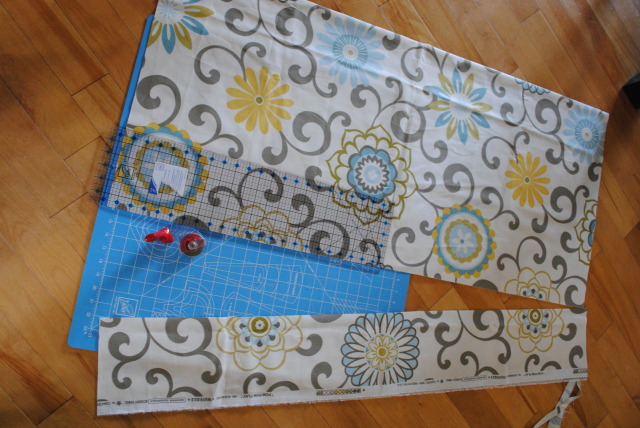
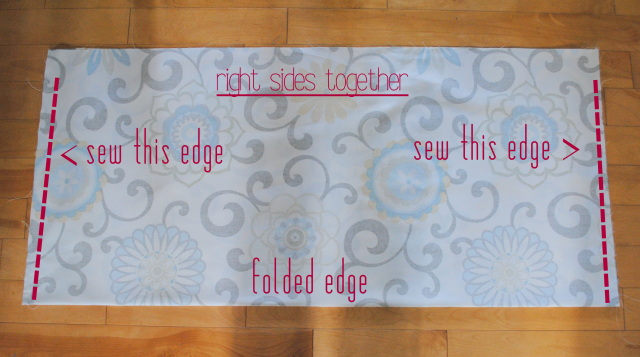
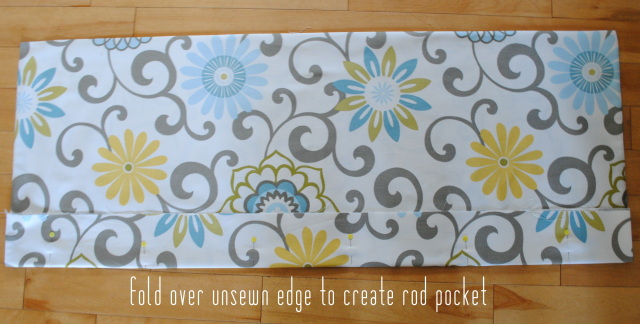
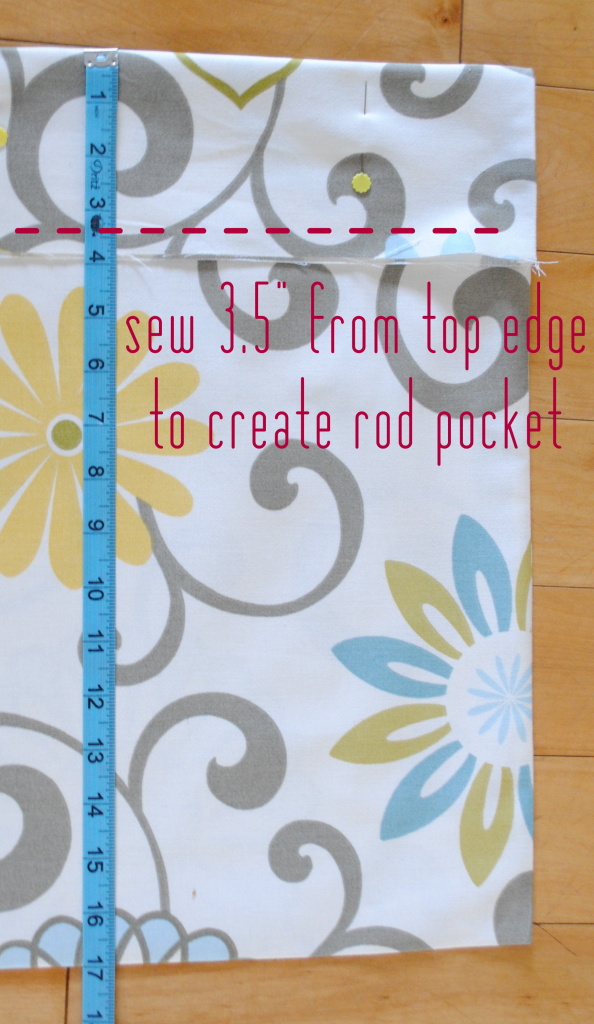
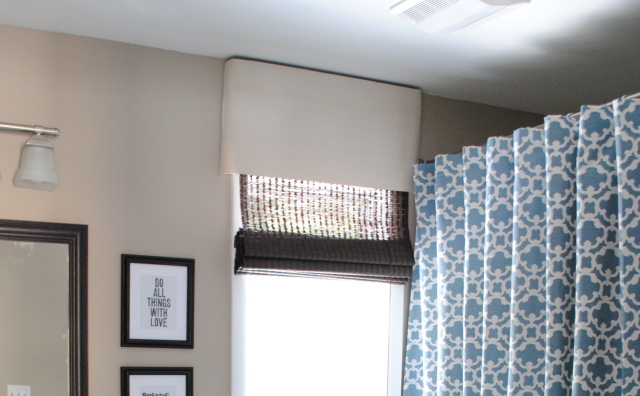
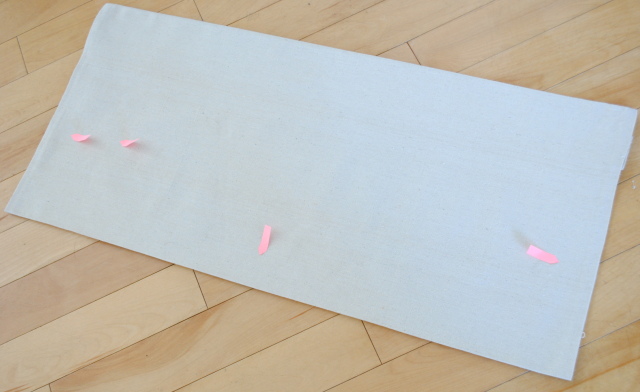
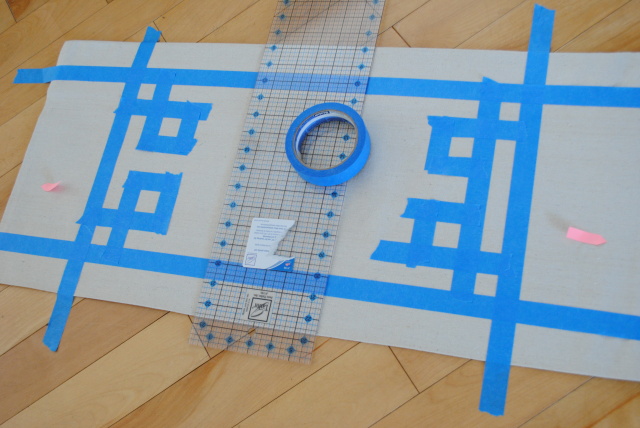
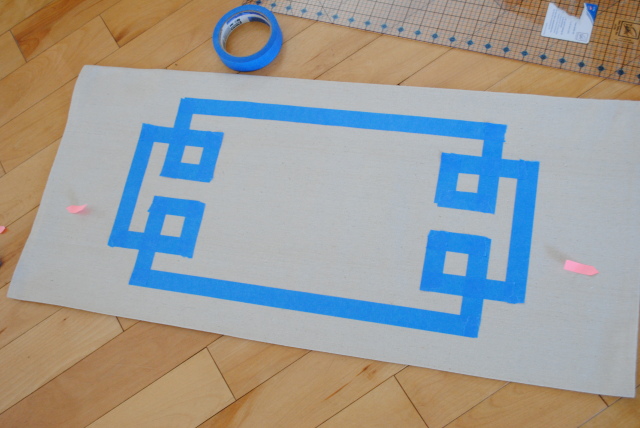
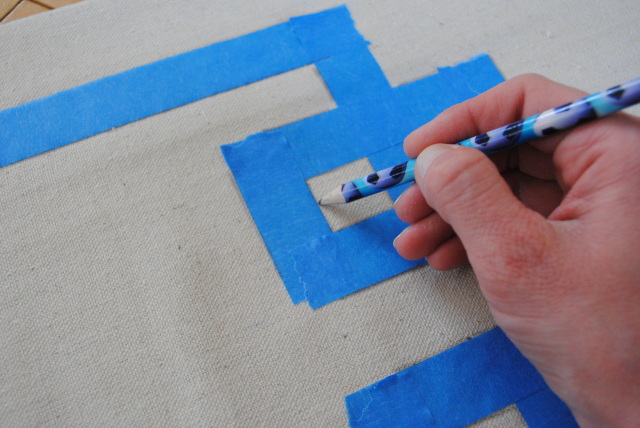
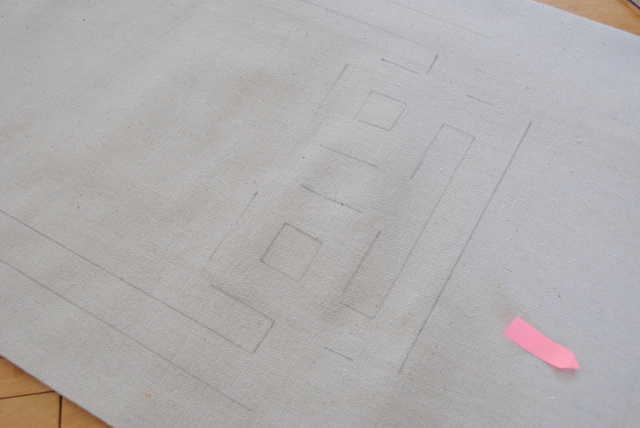
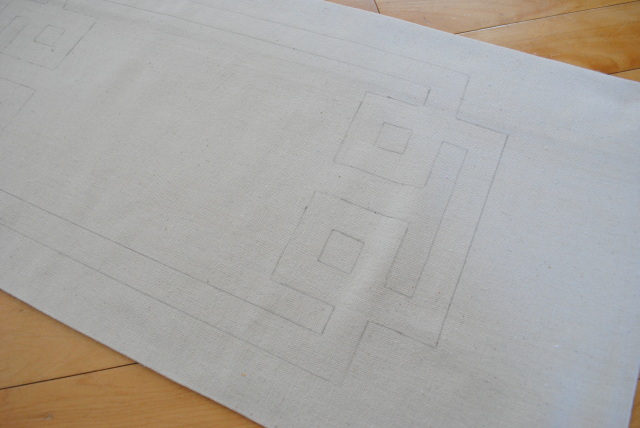
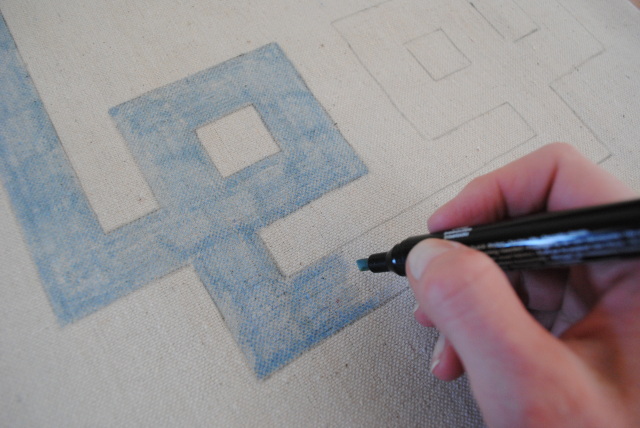
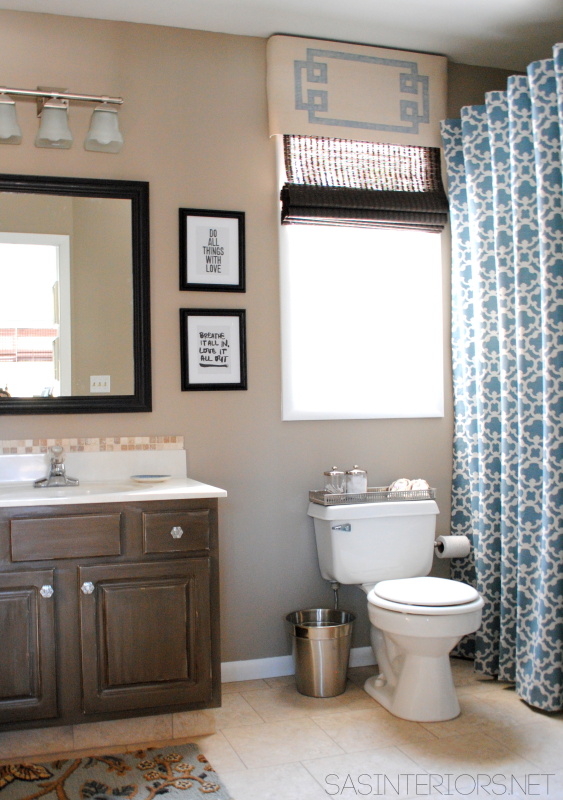
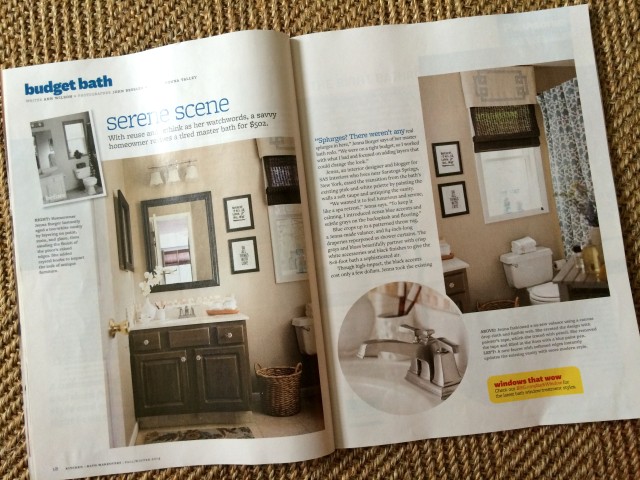
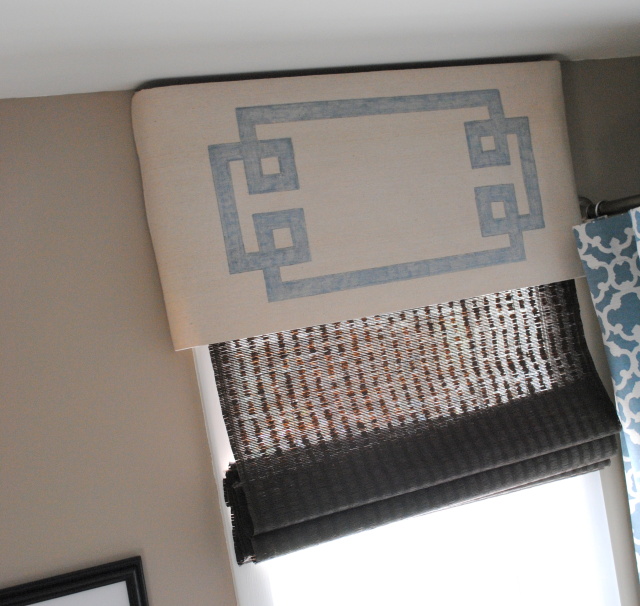
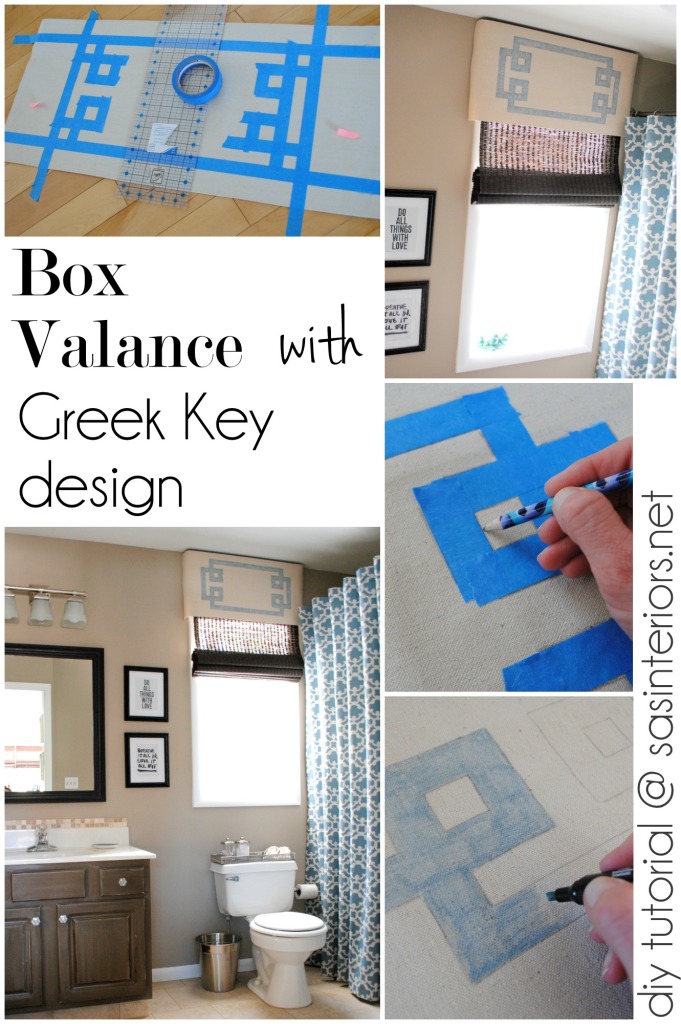
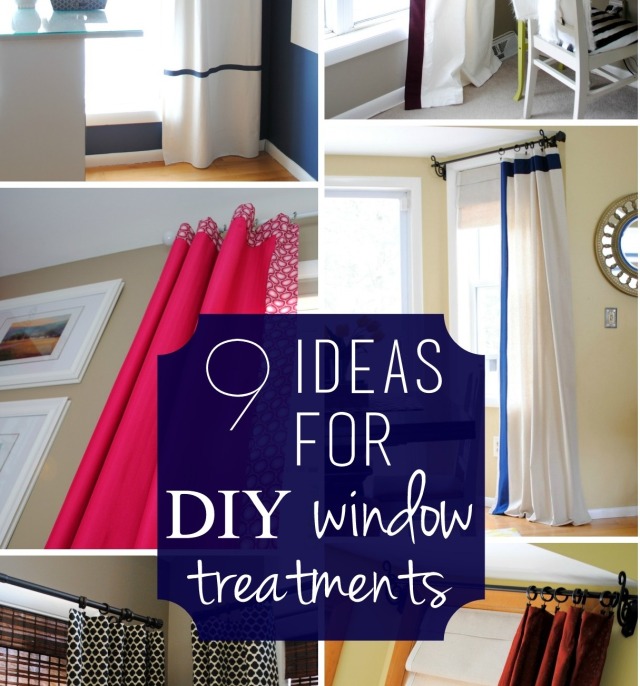

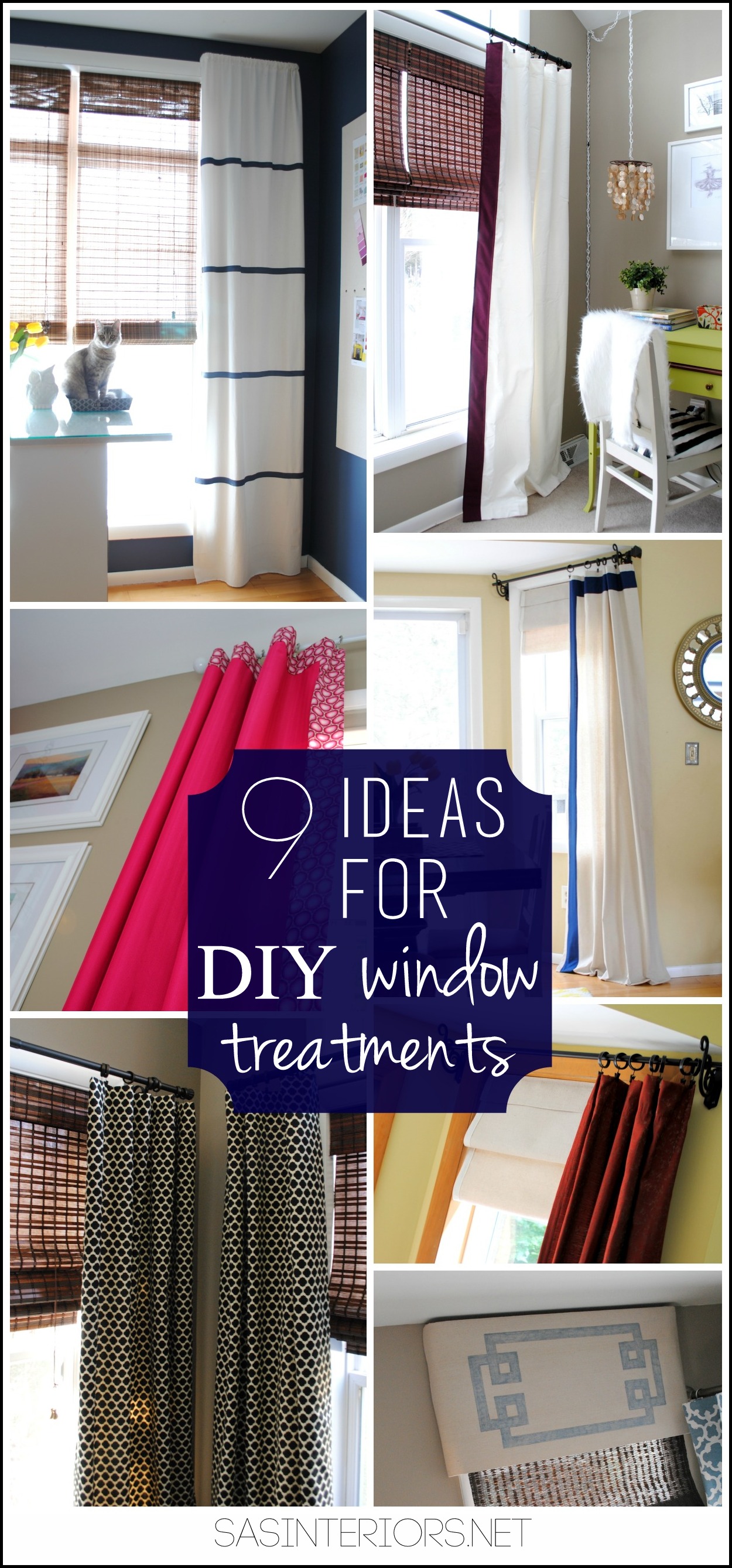
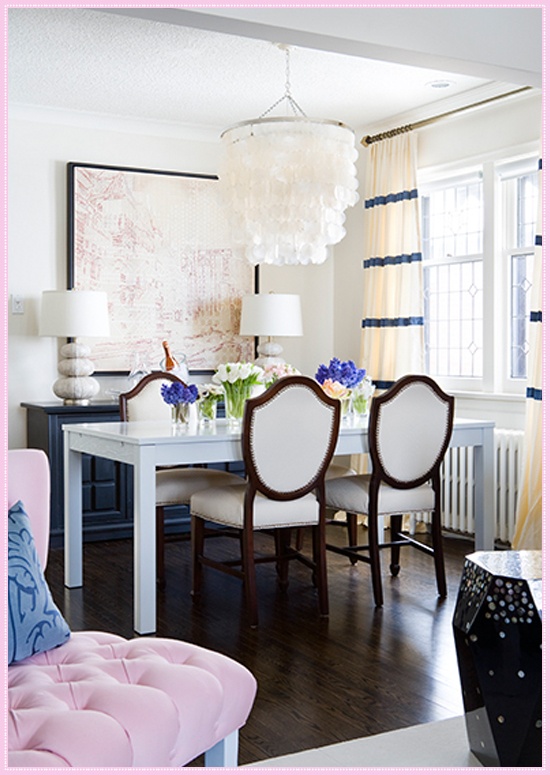
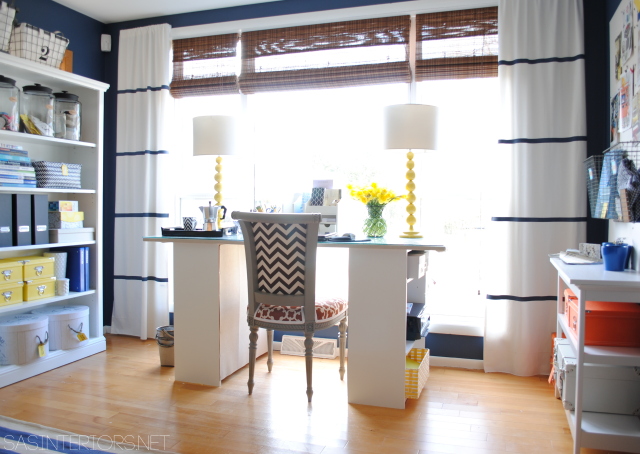
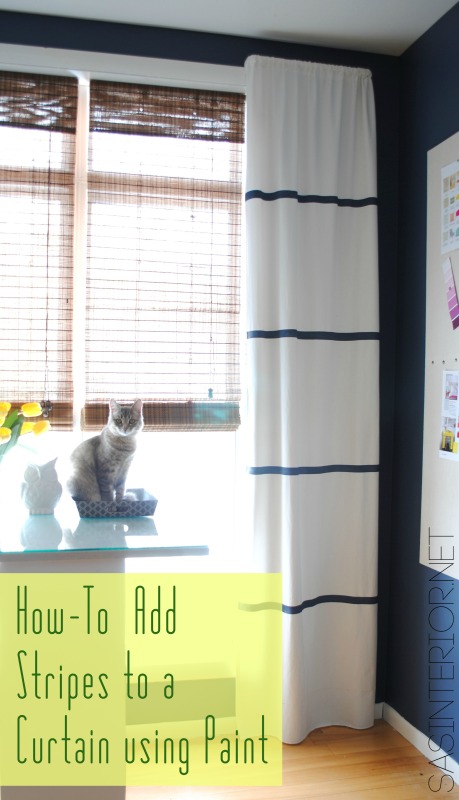
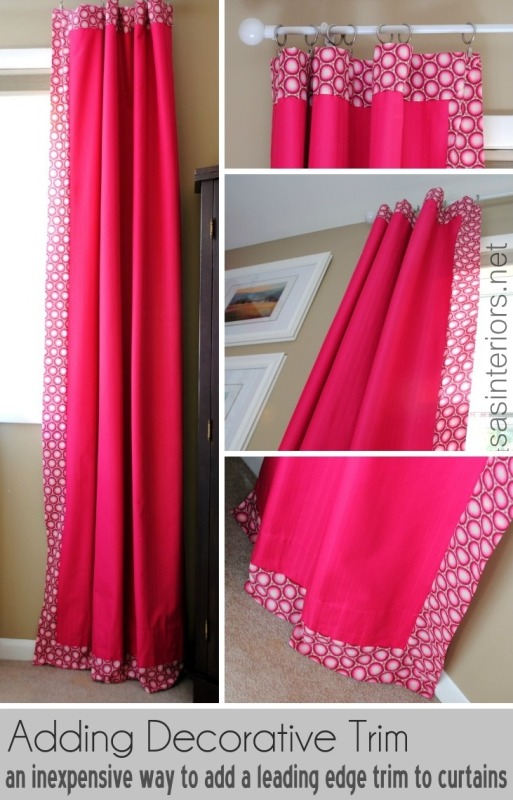
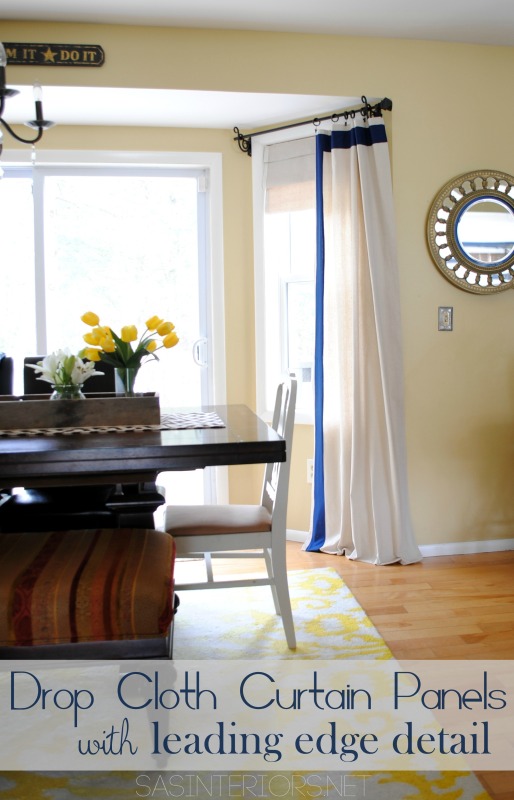
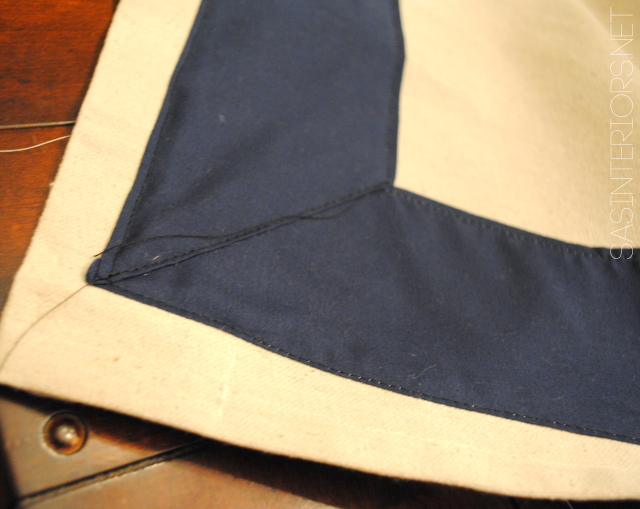
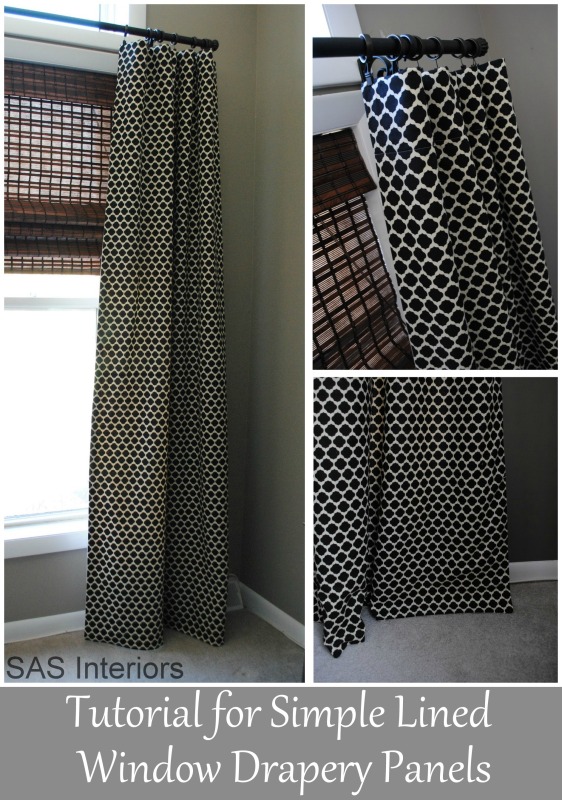
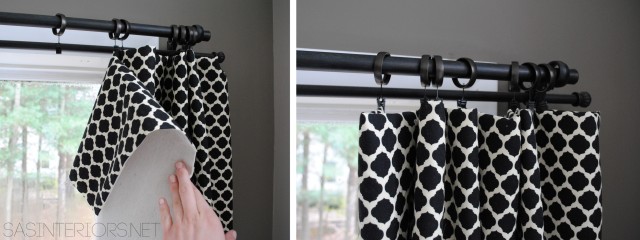
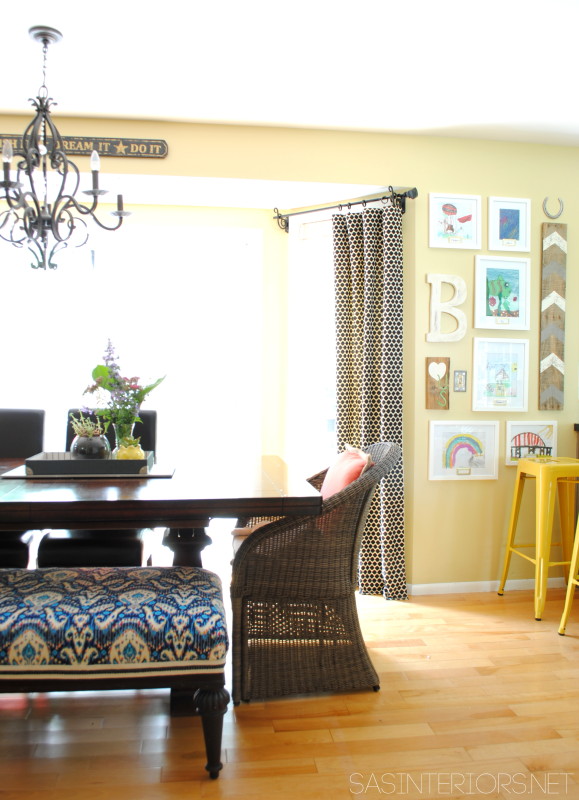
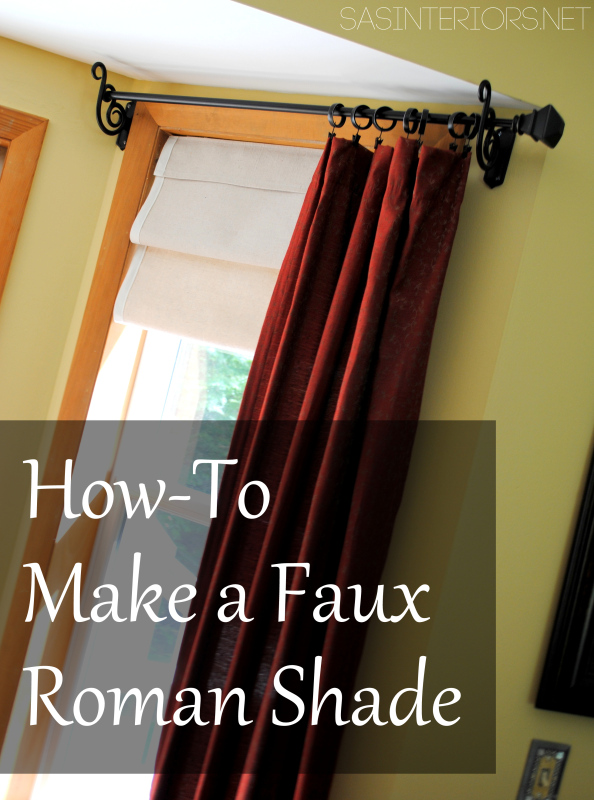
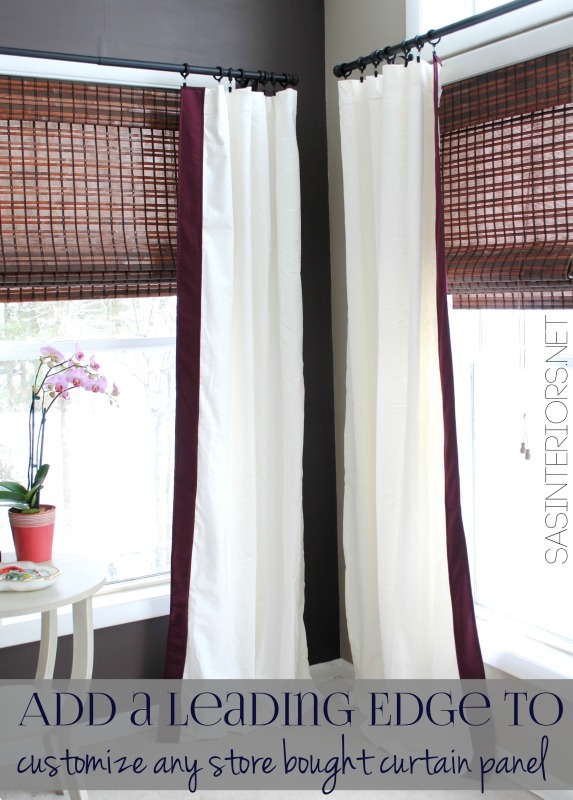
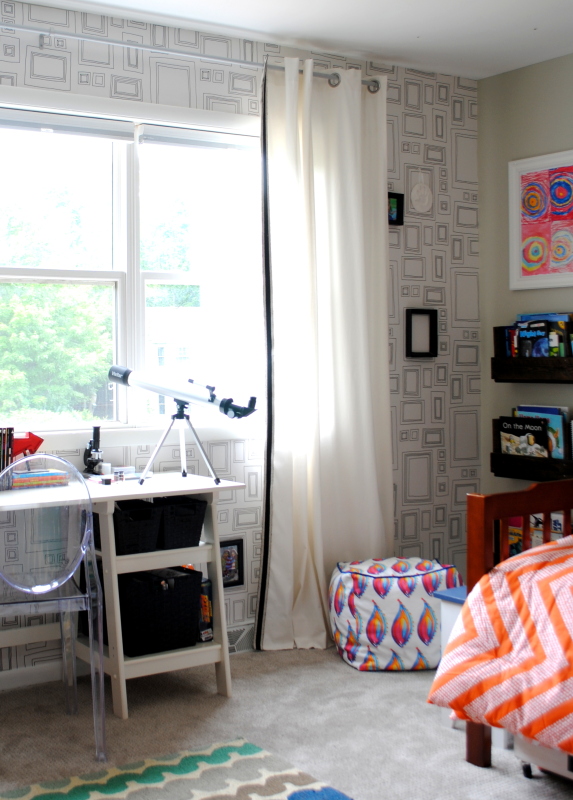
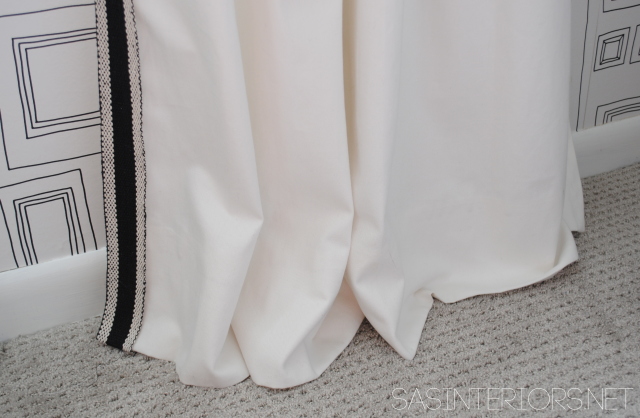
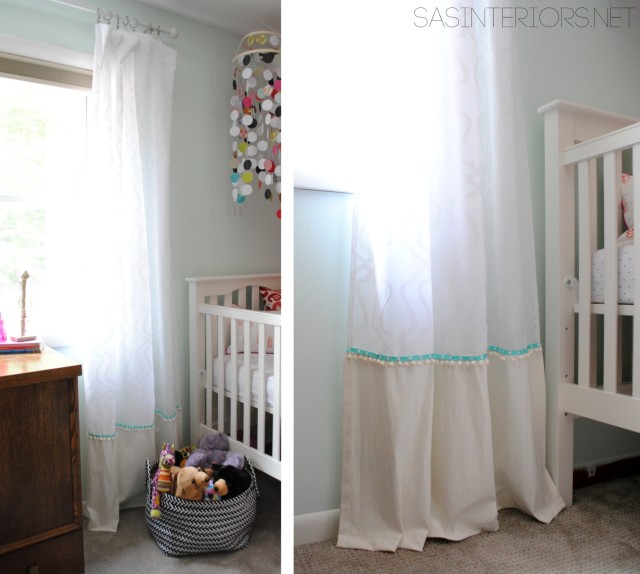
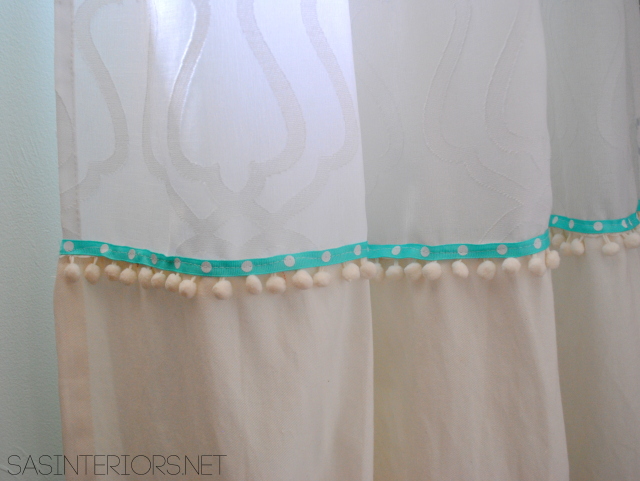
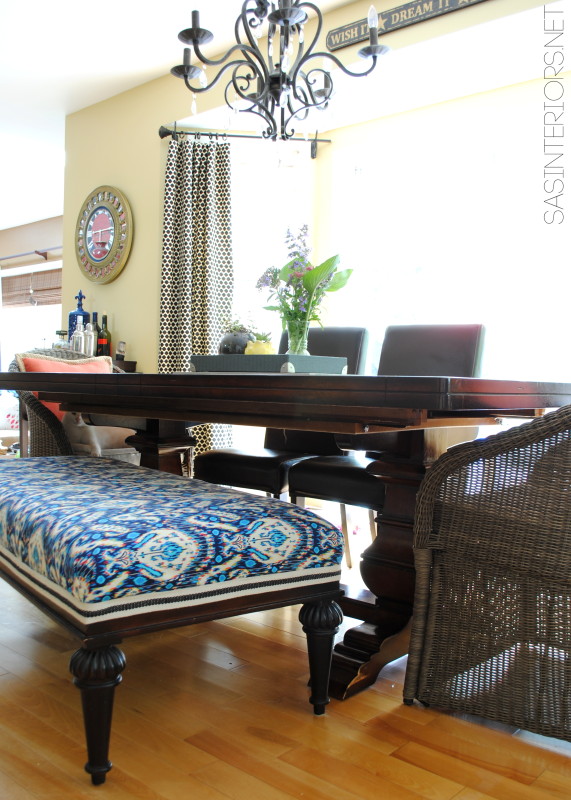
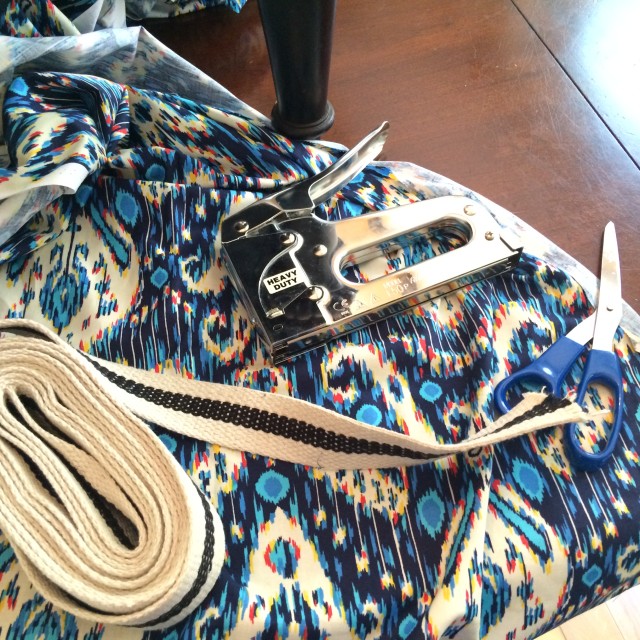
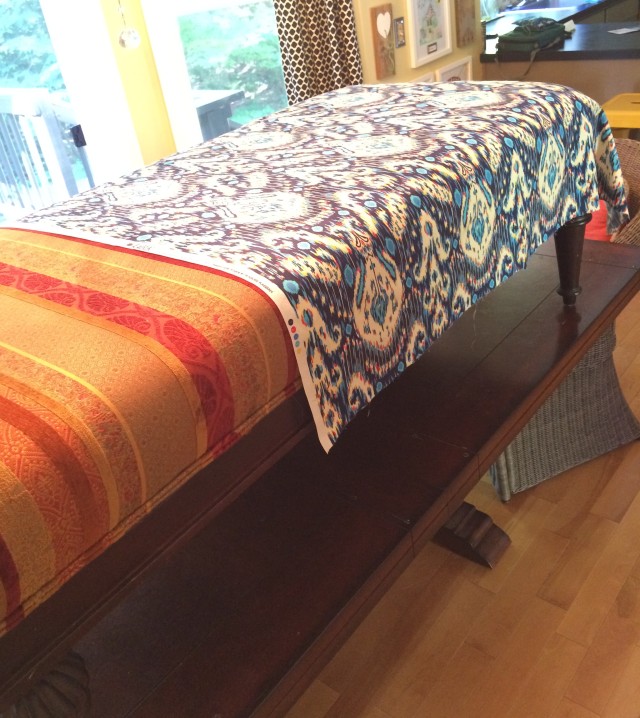
 via
via